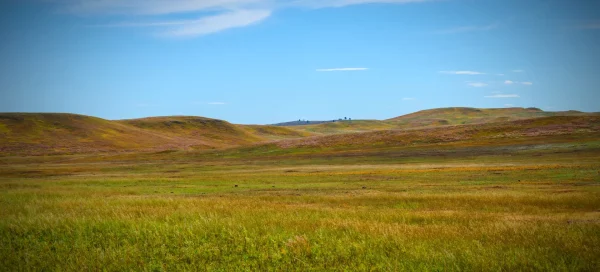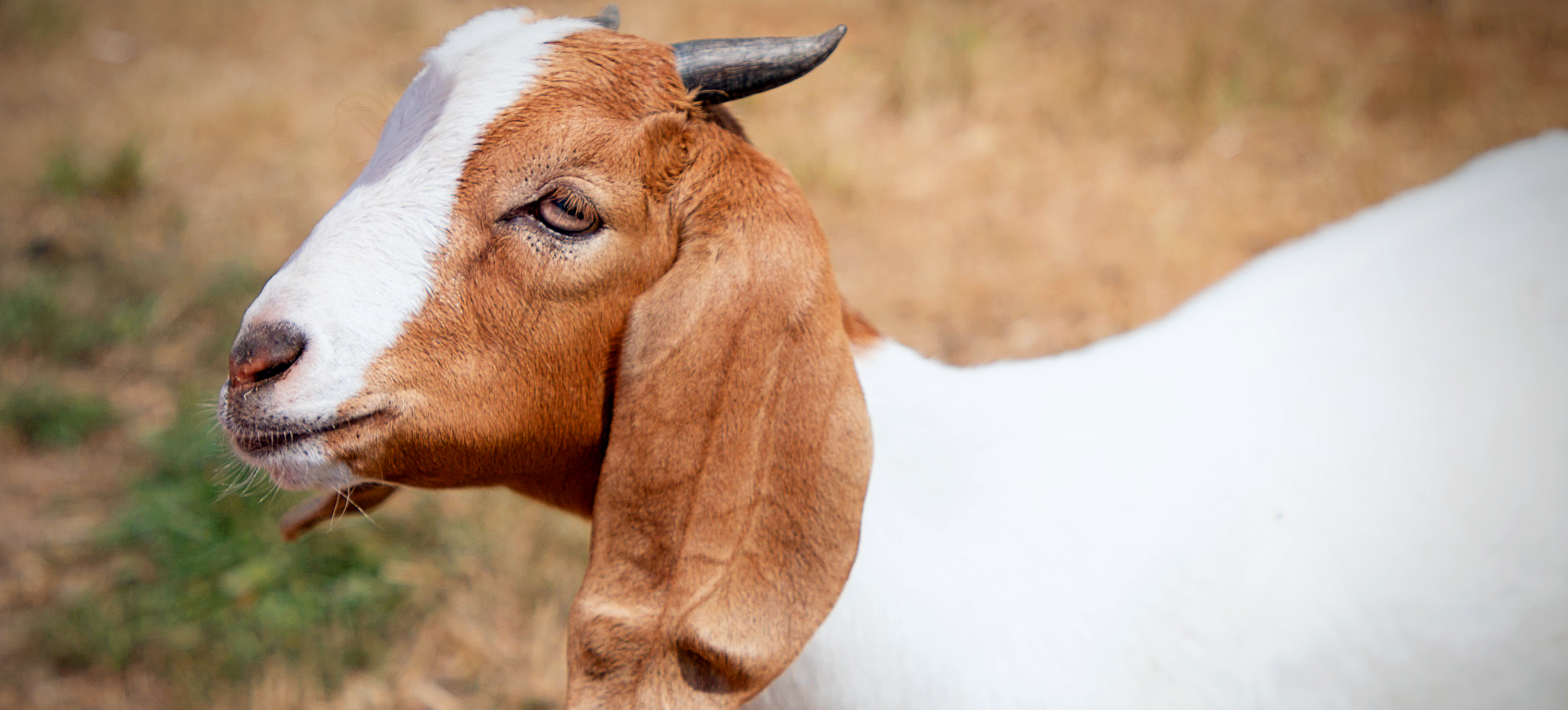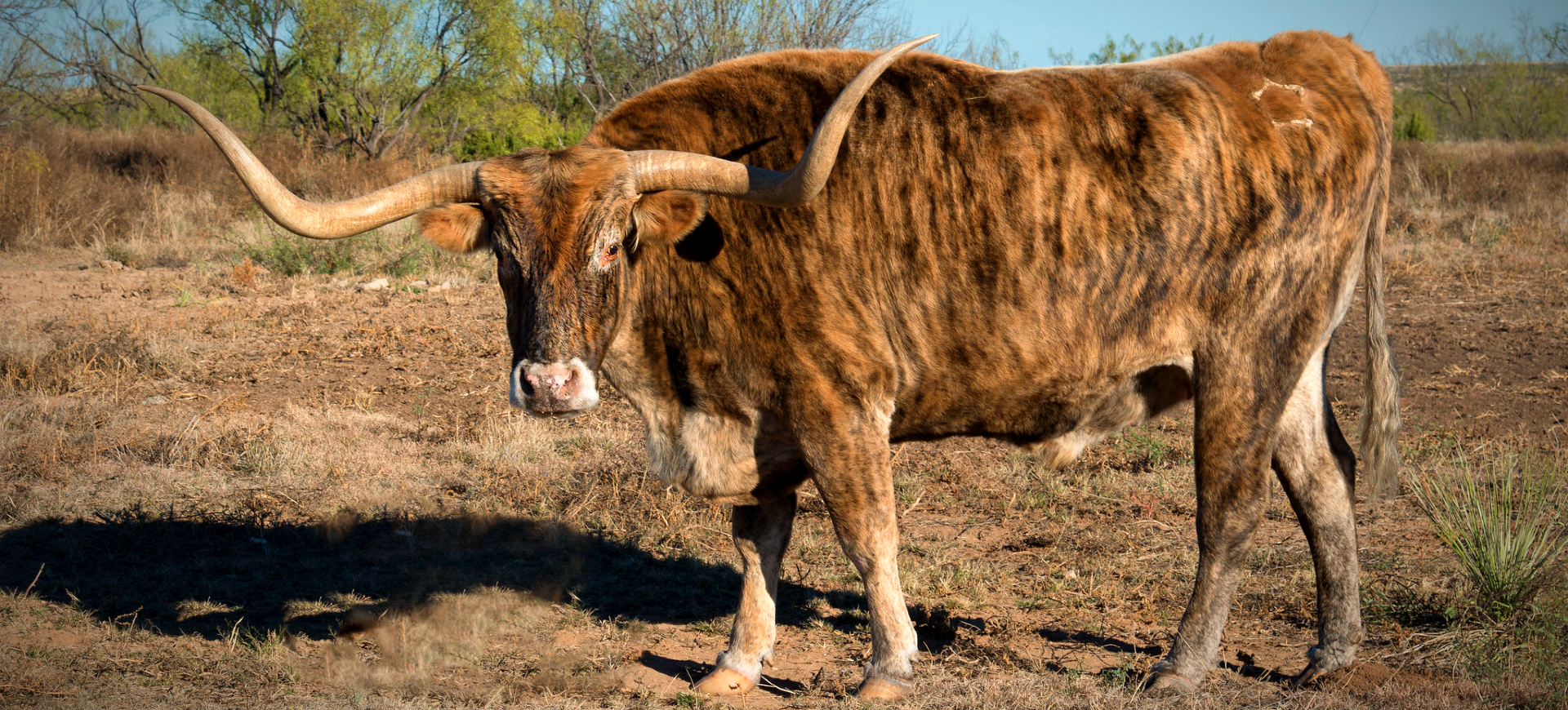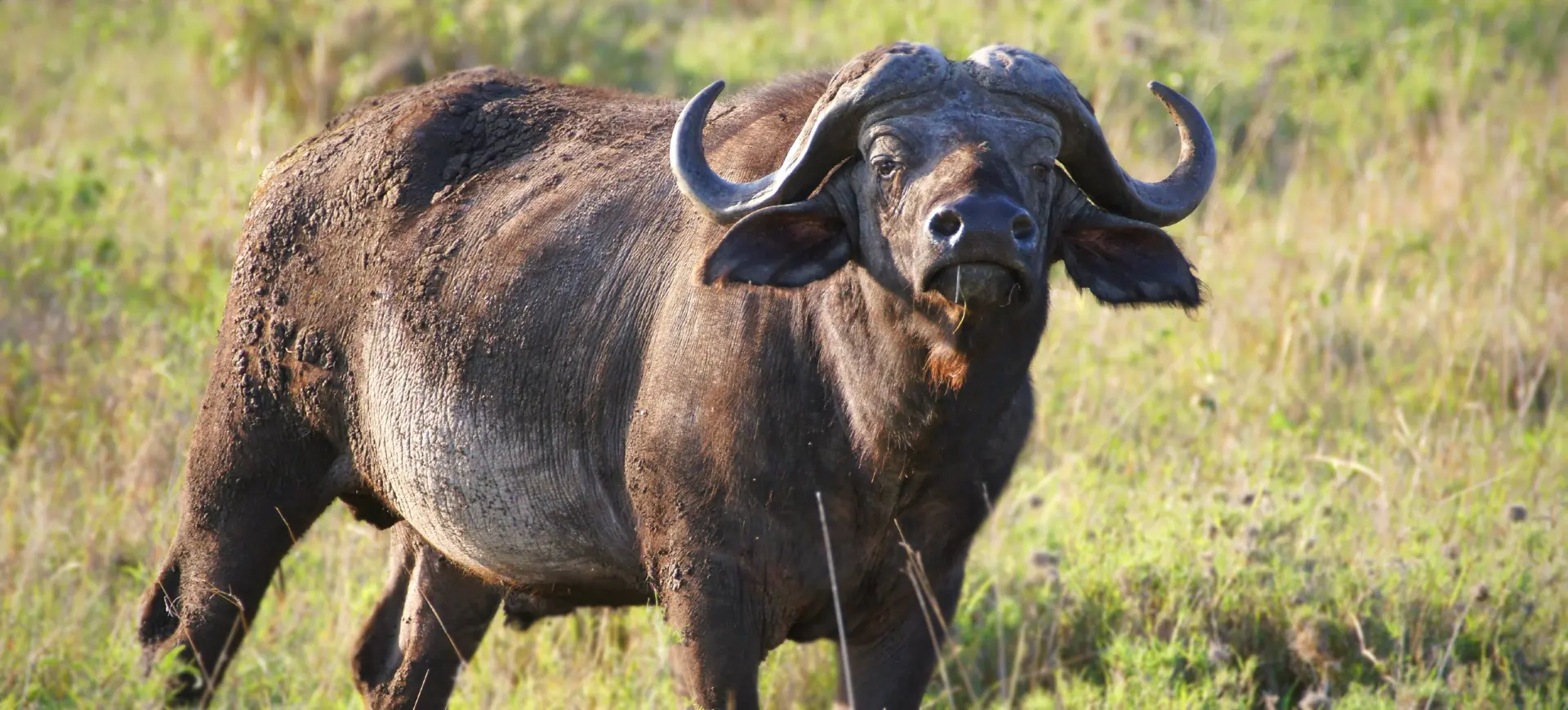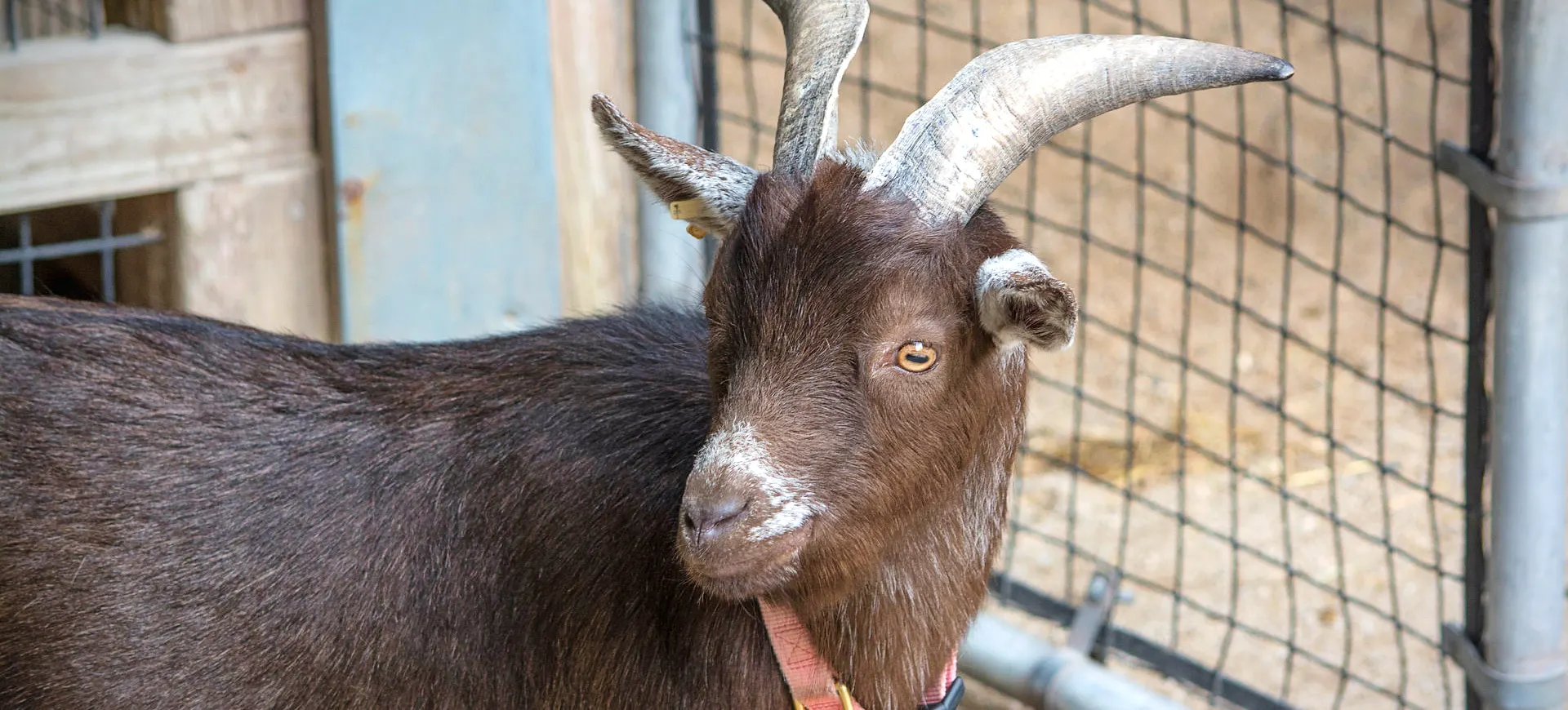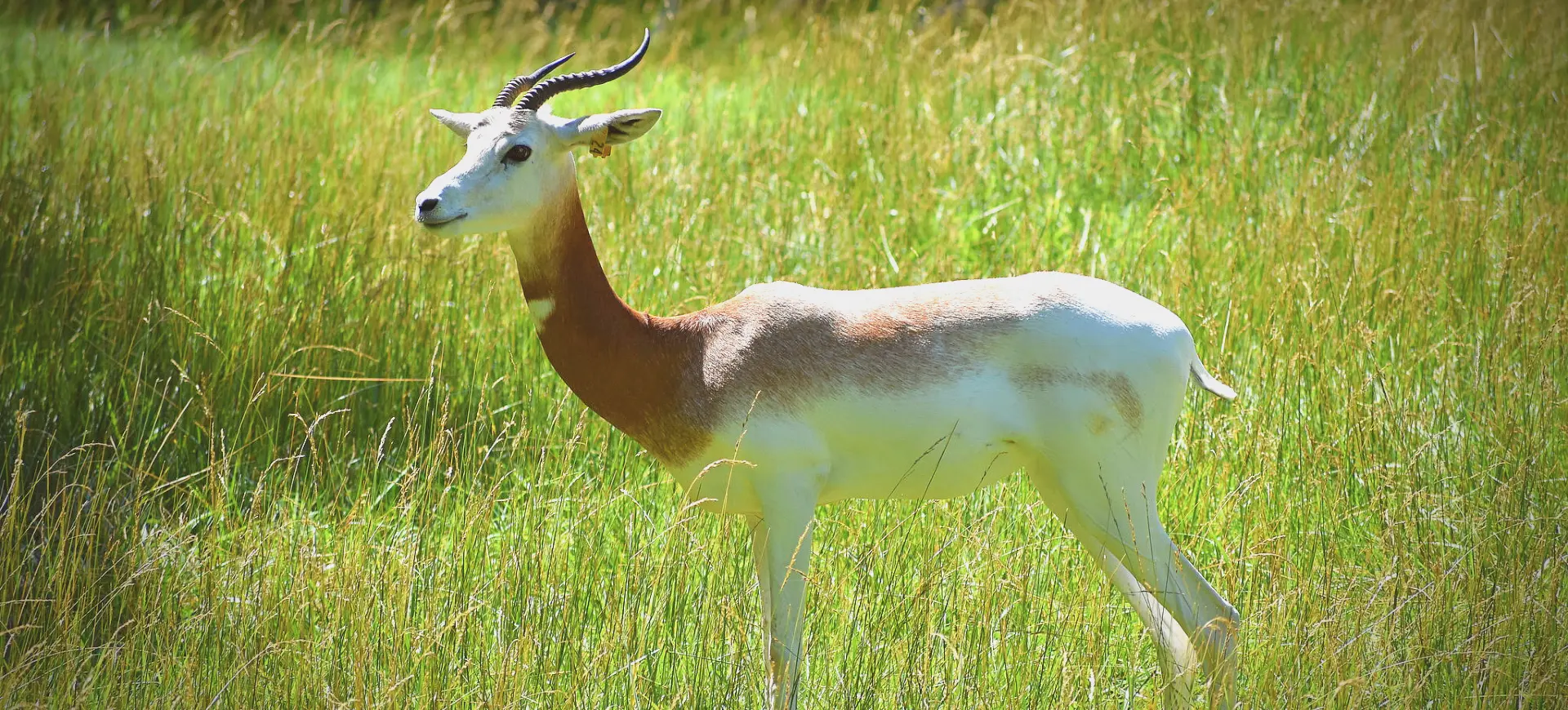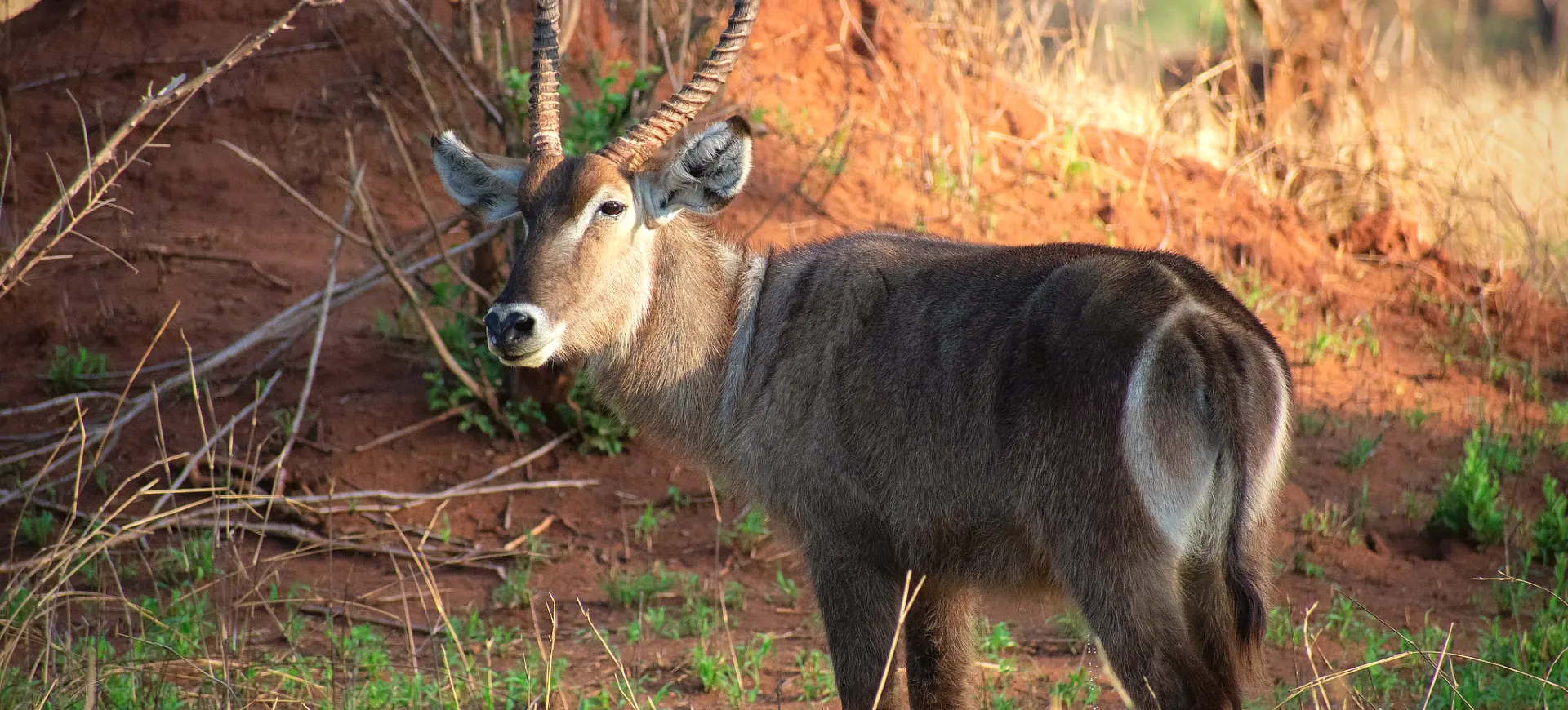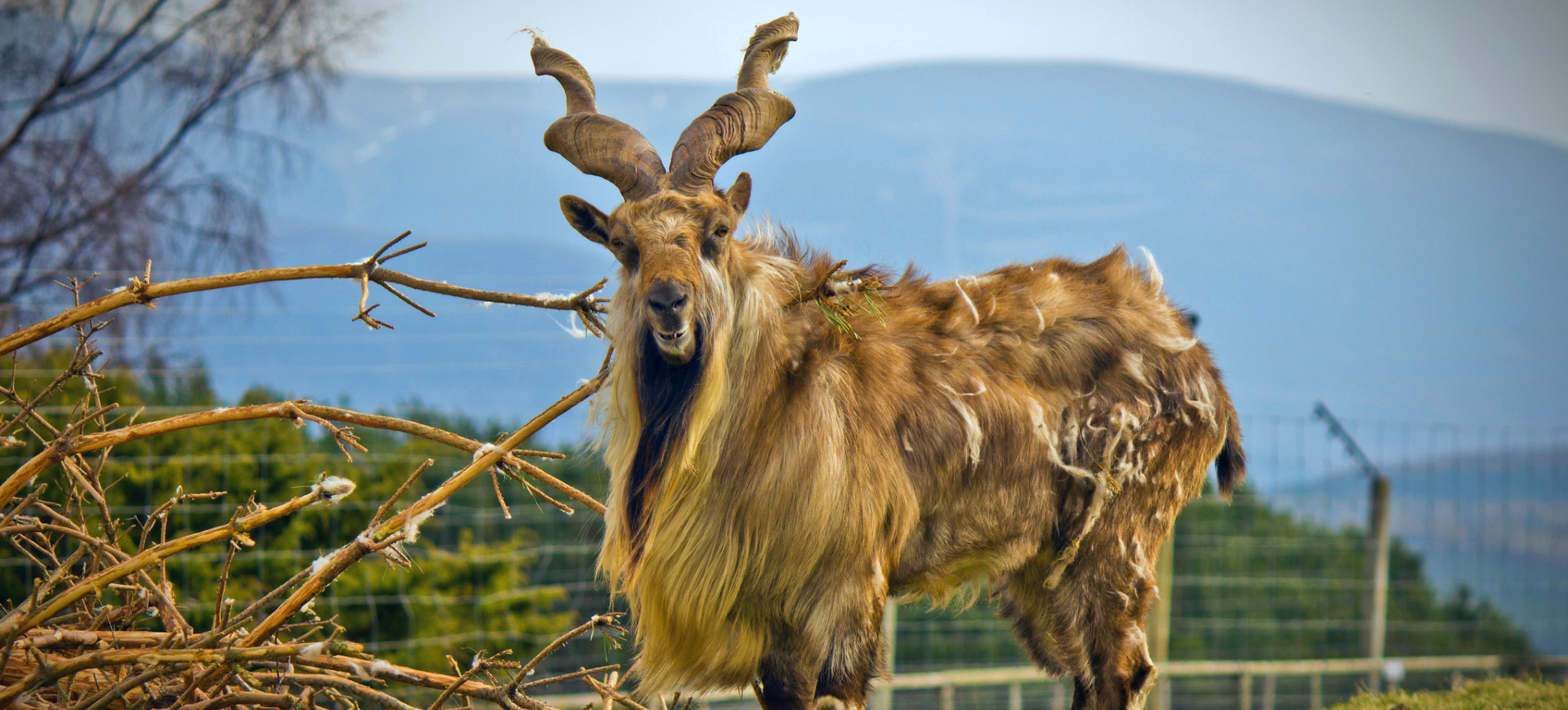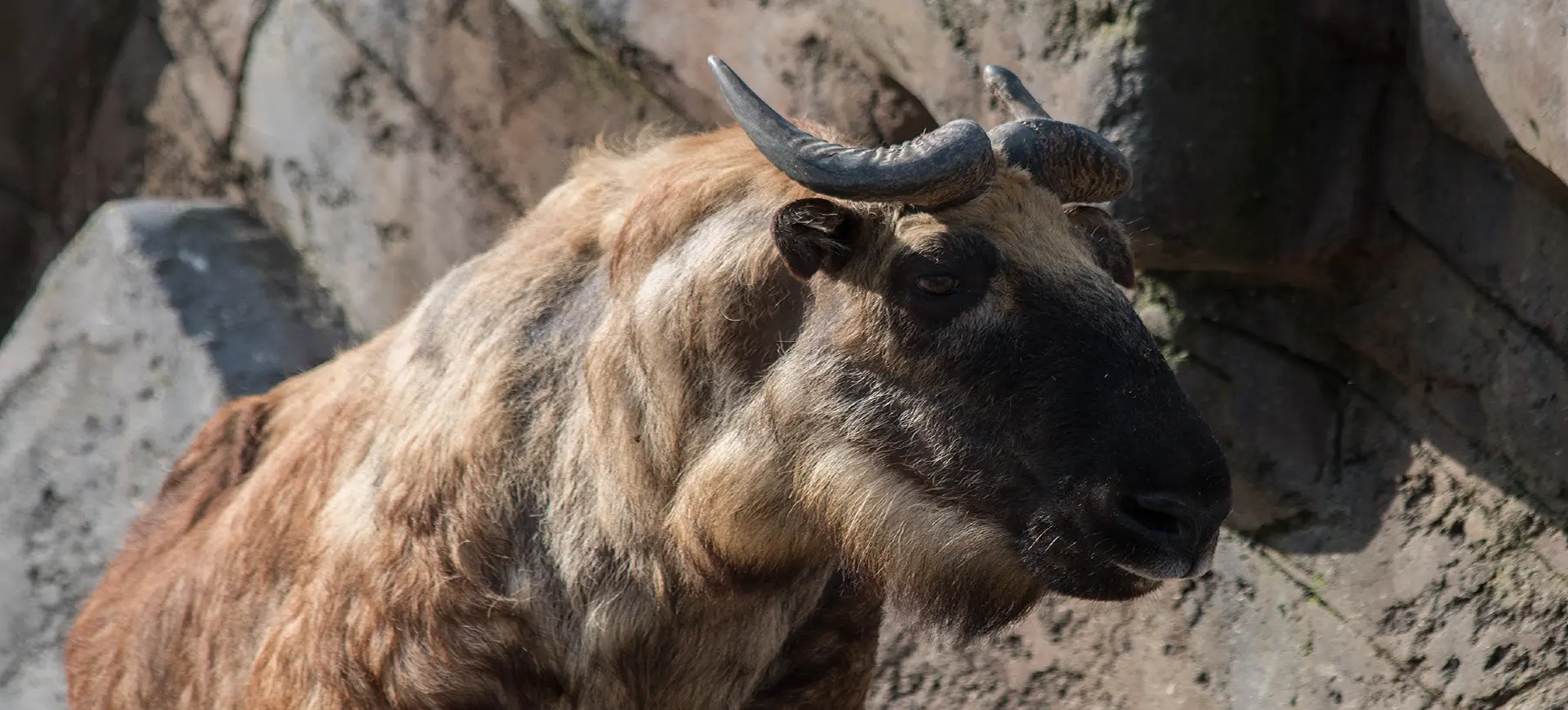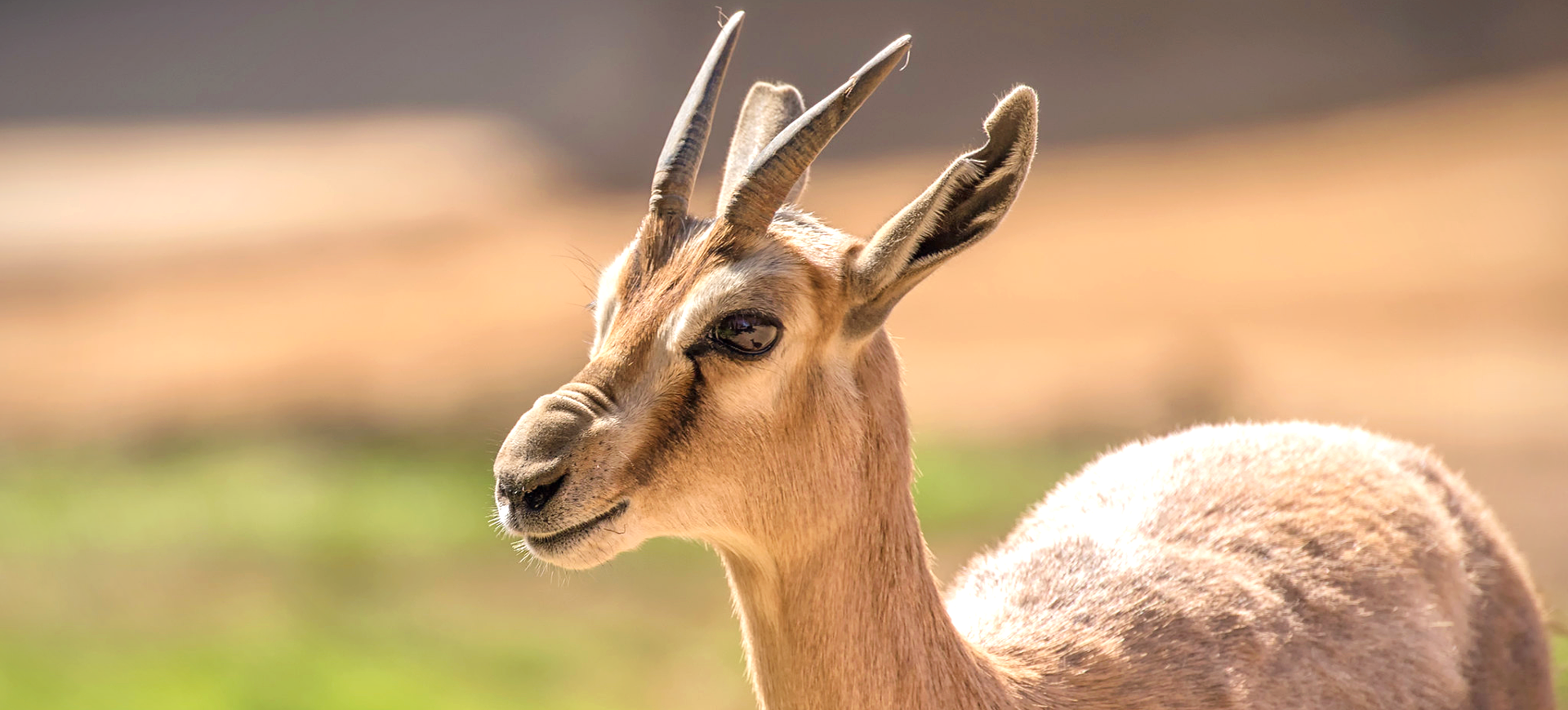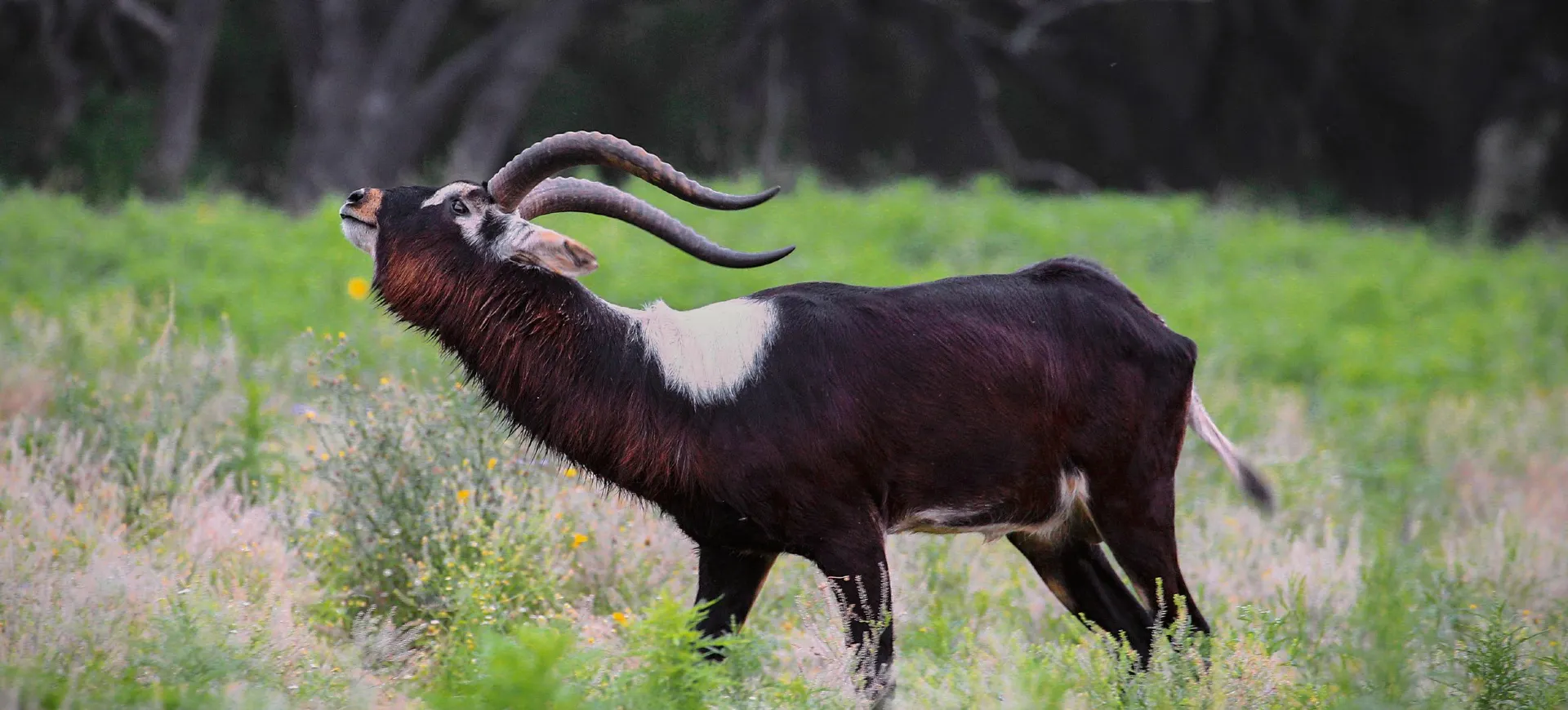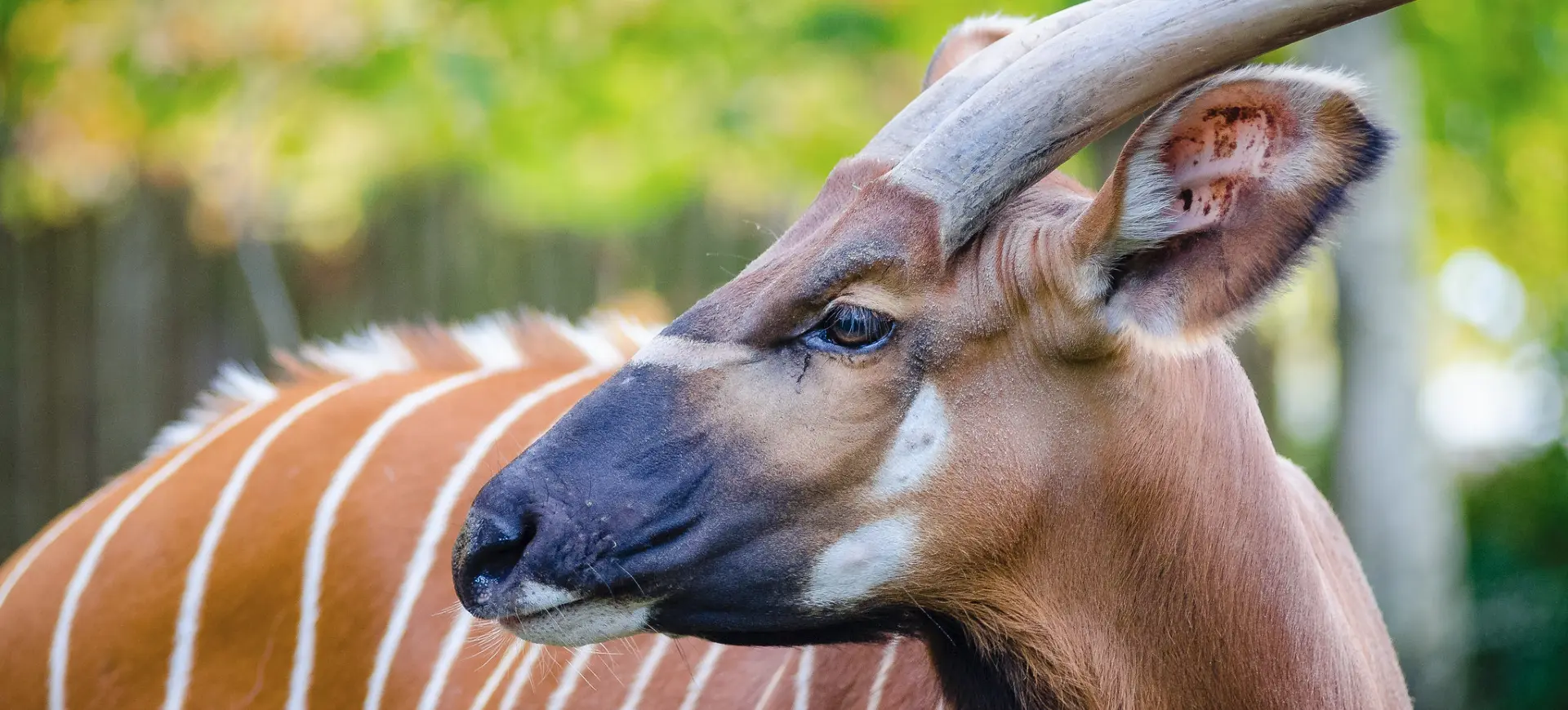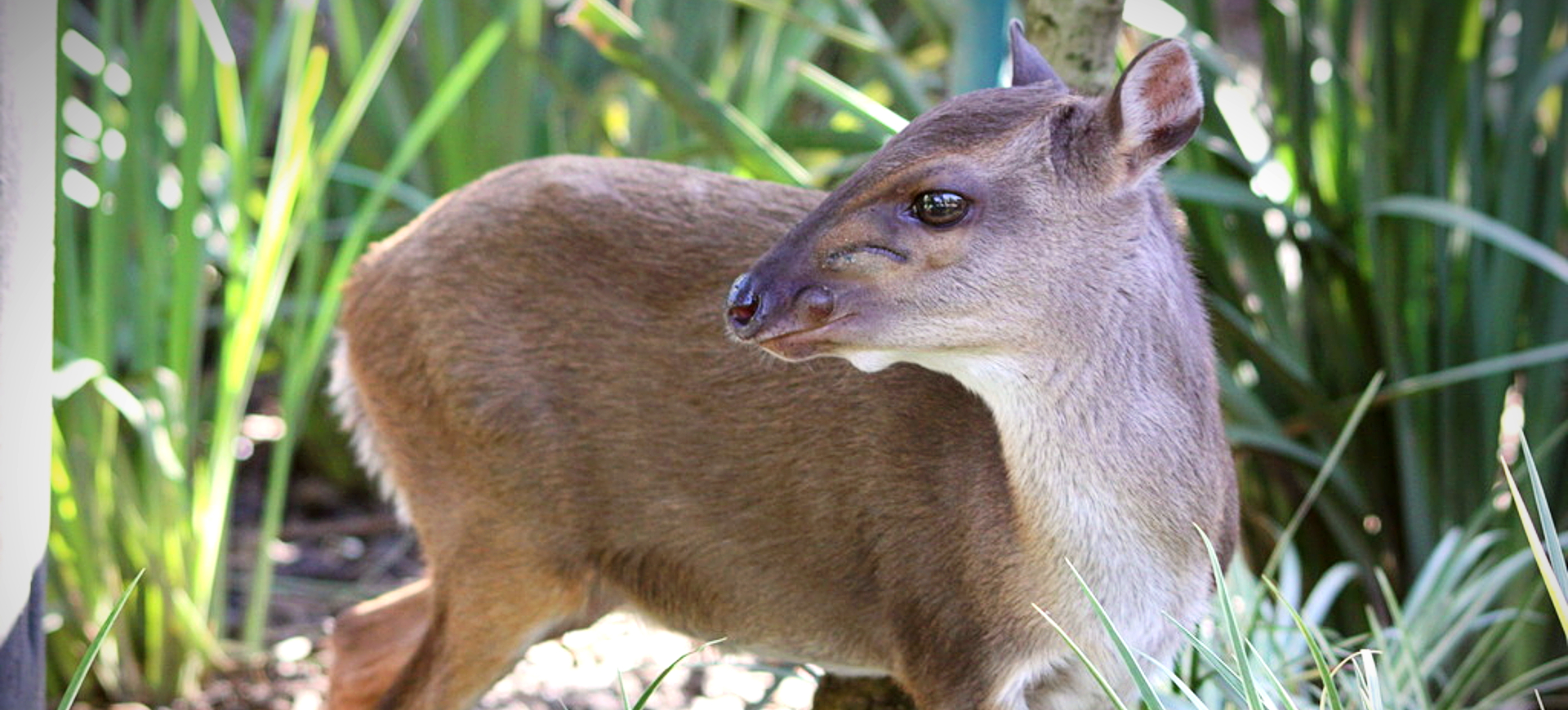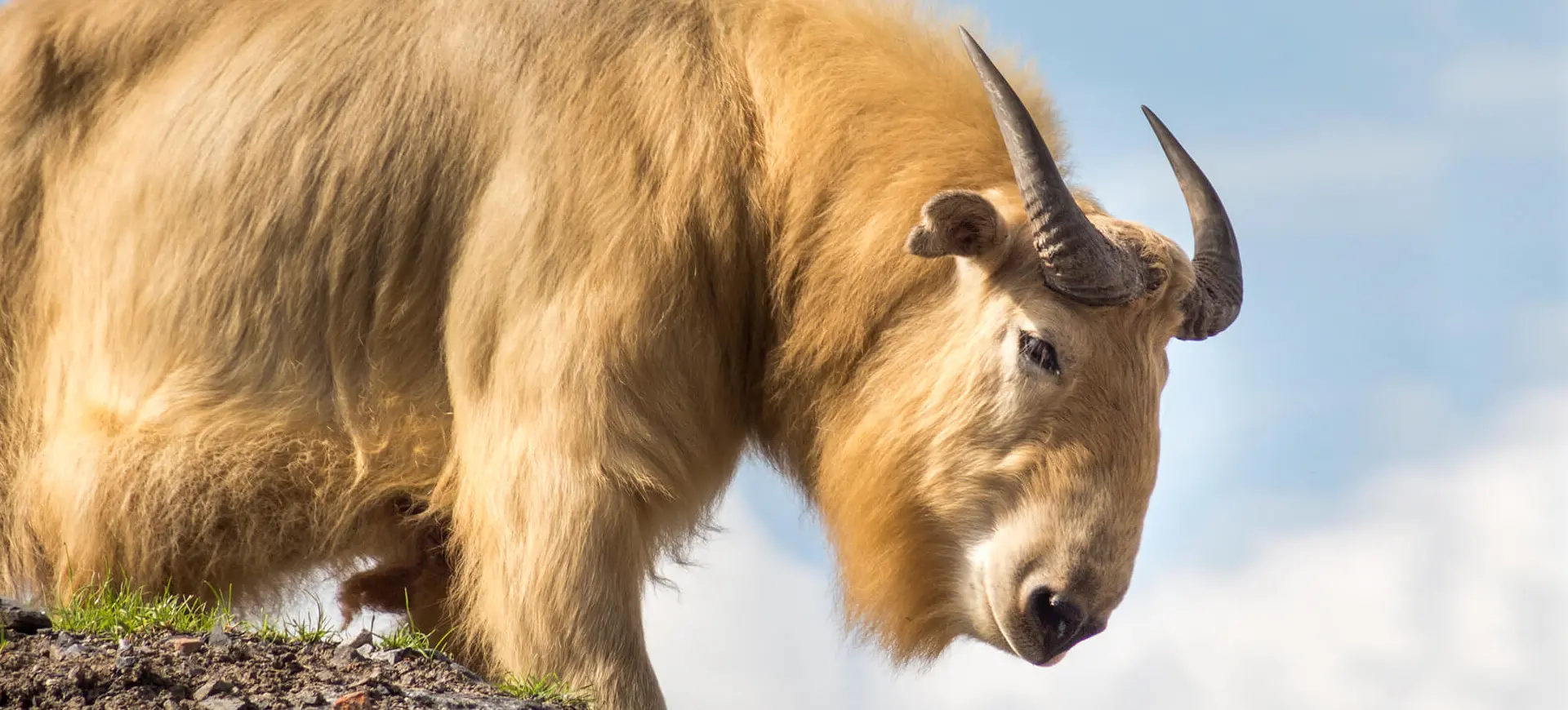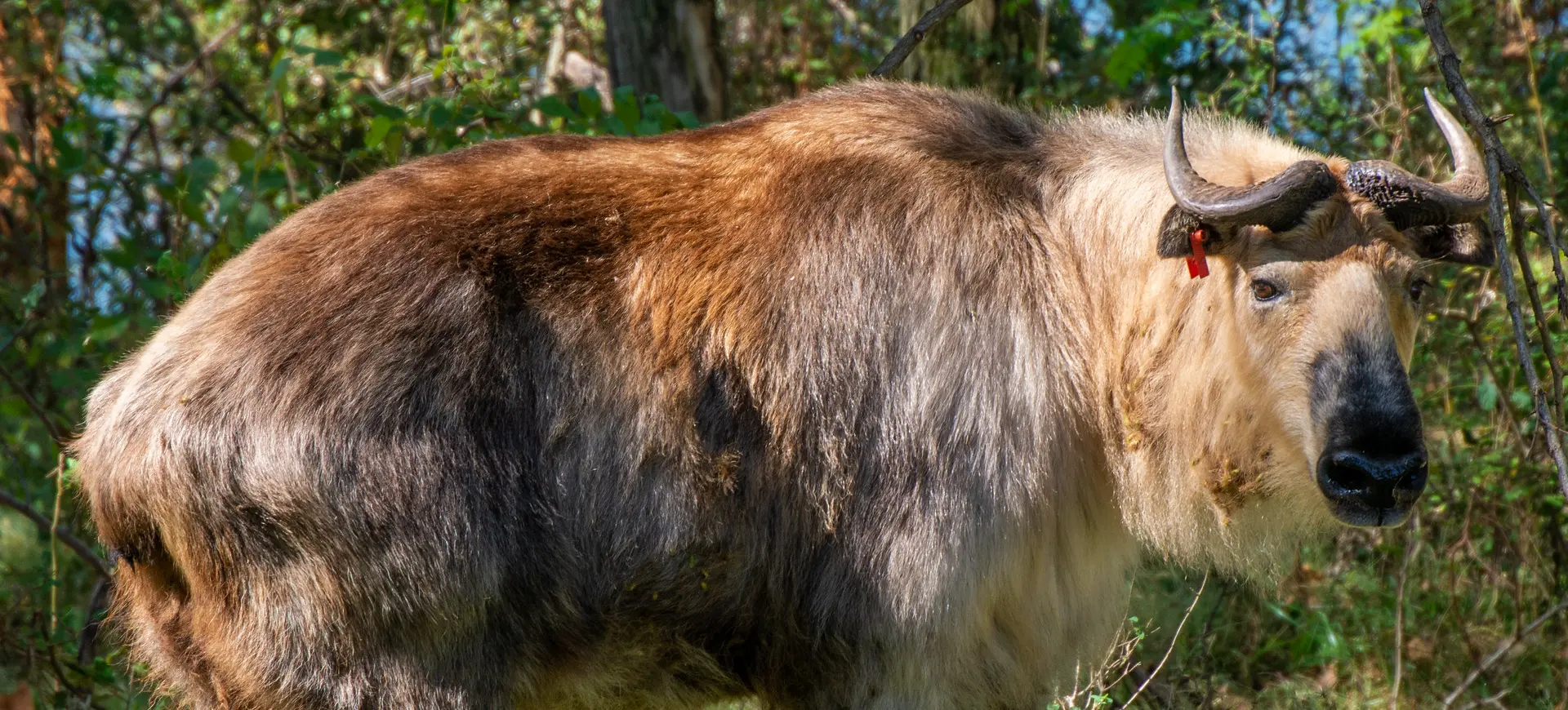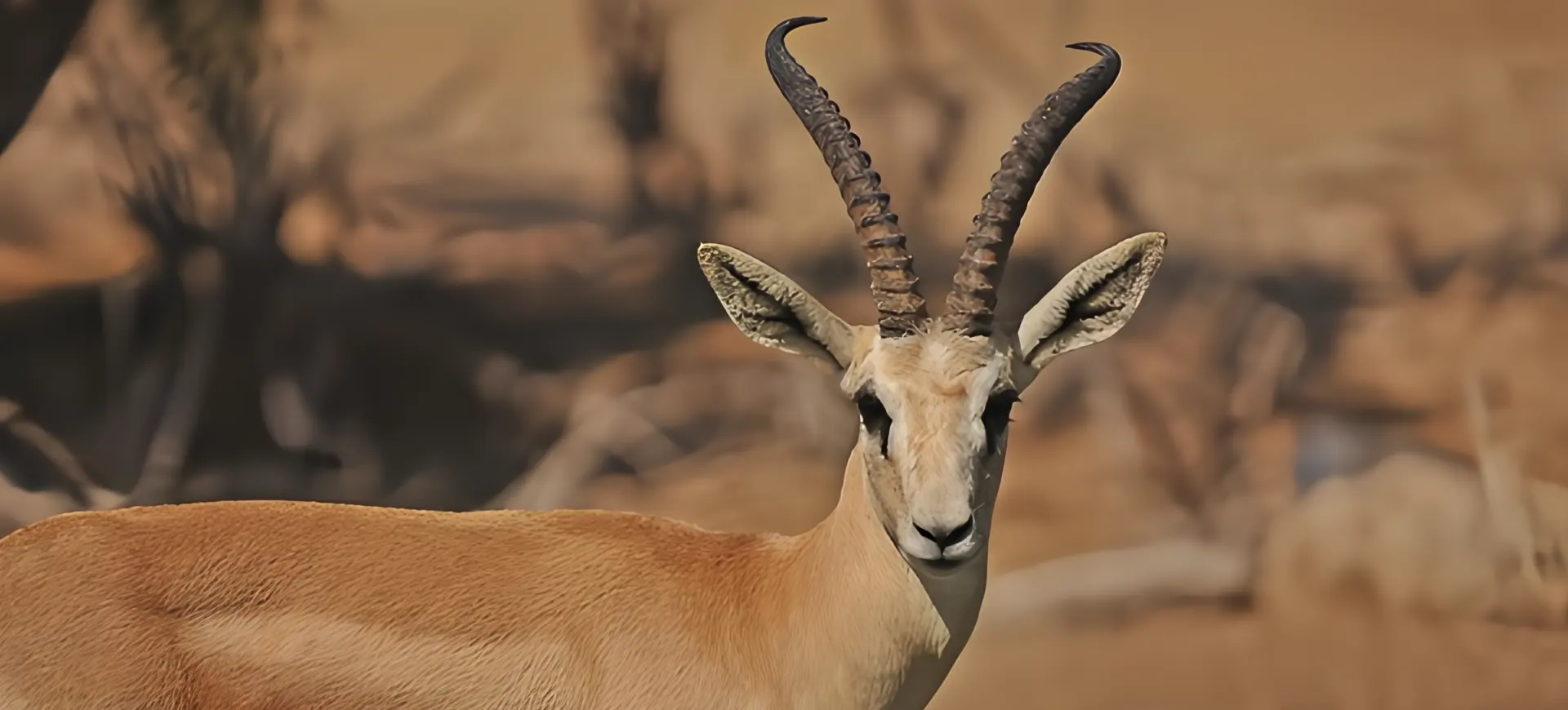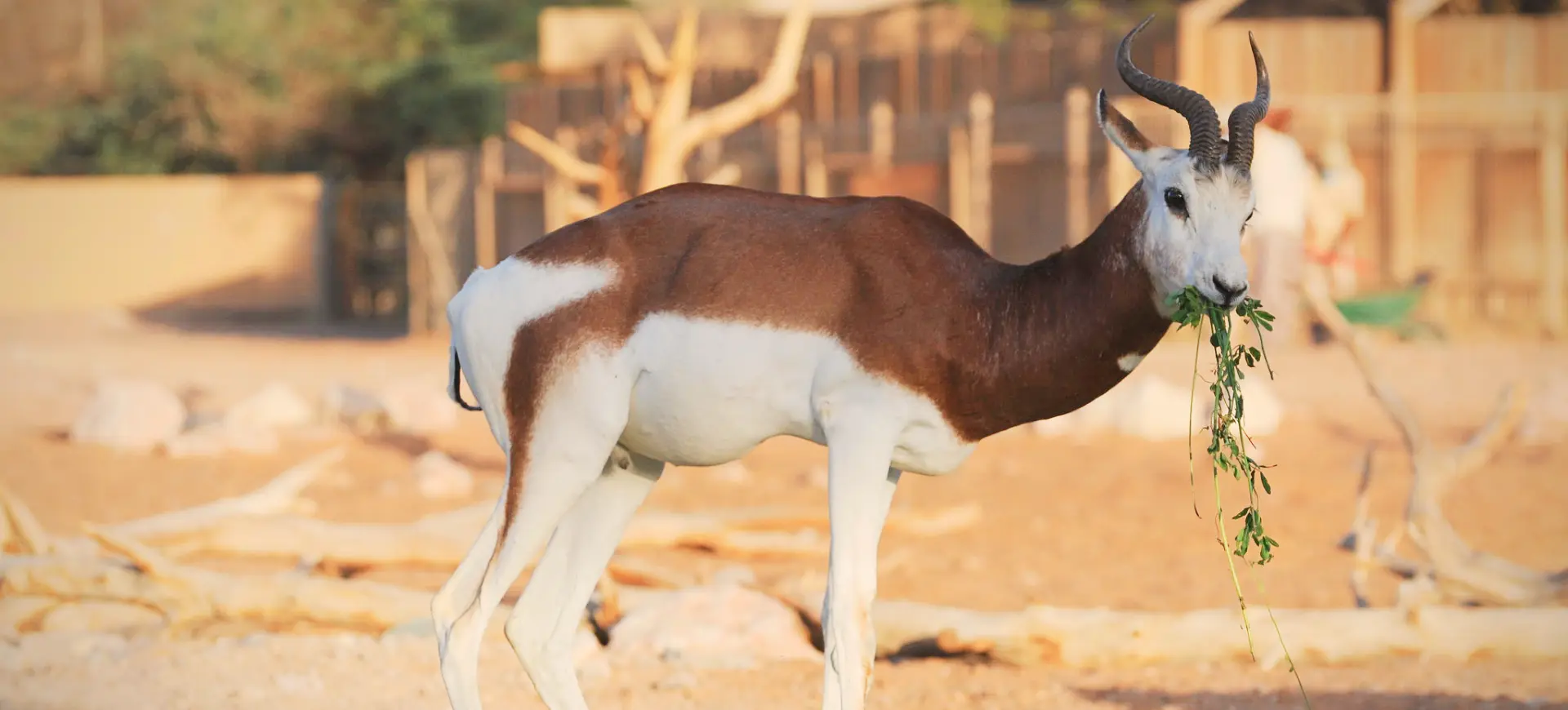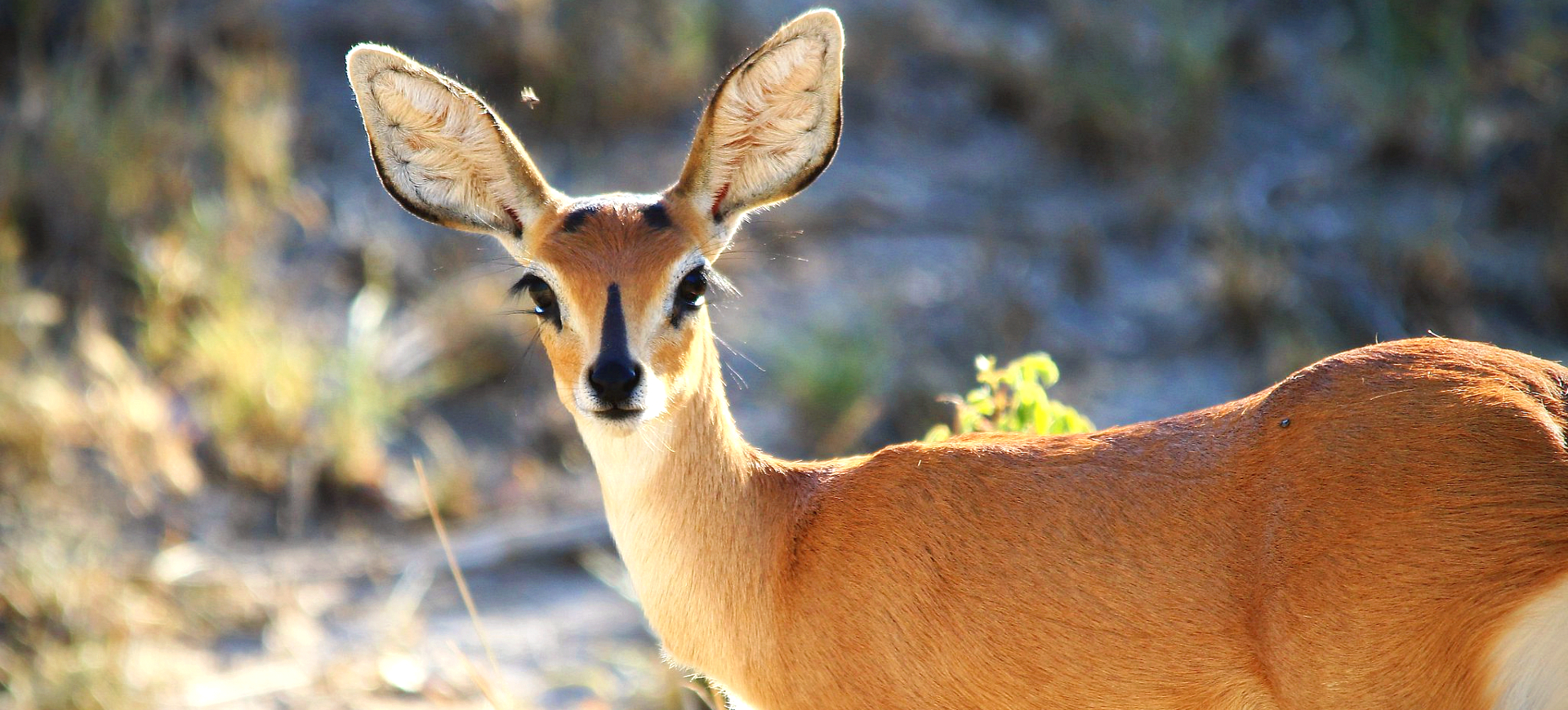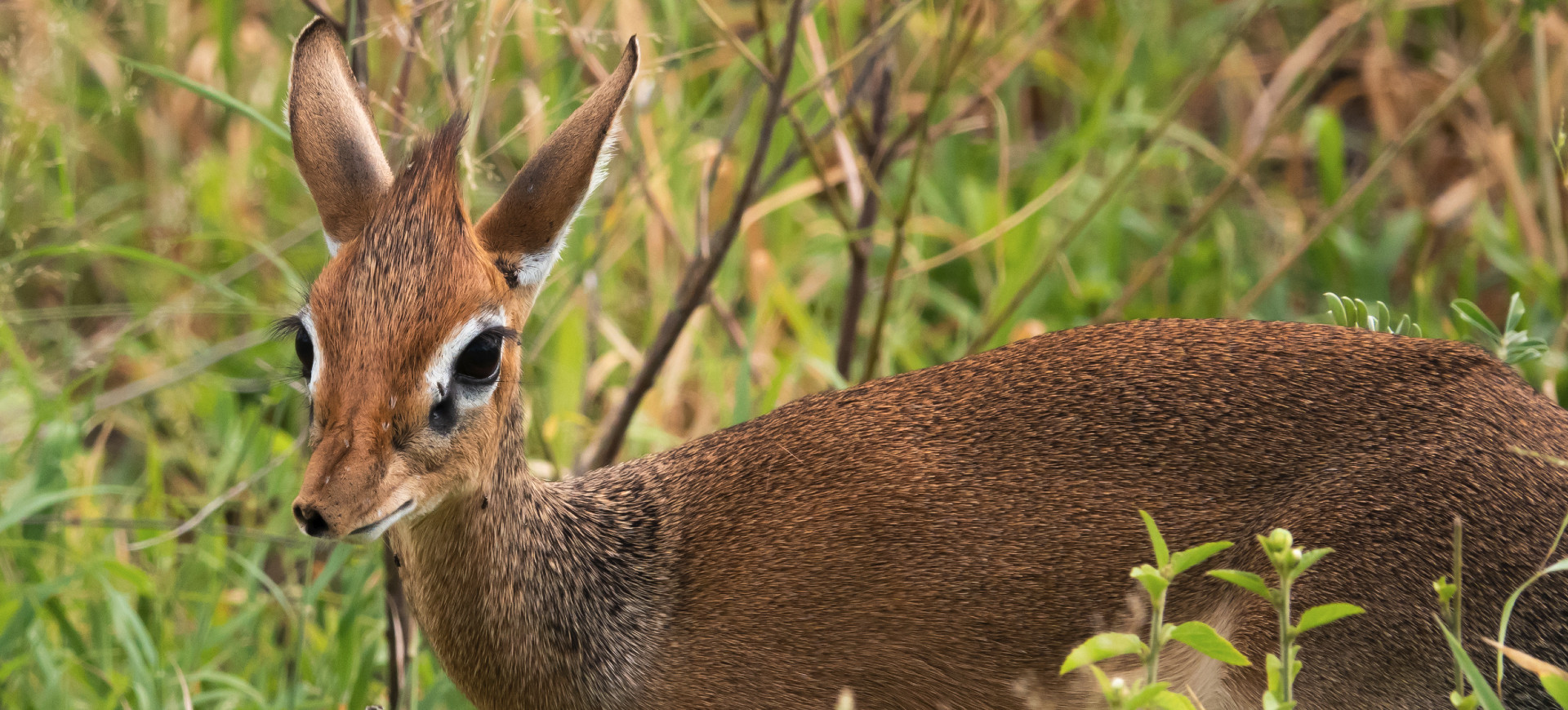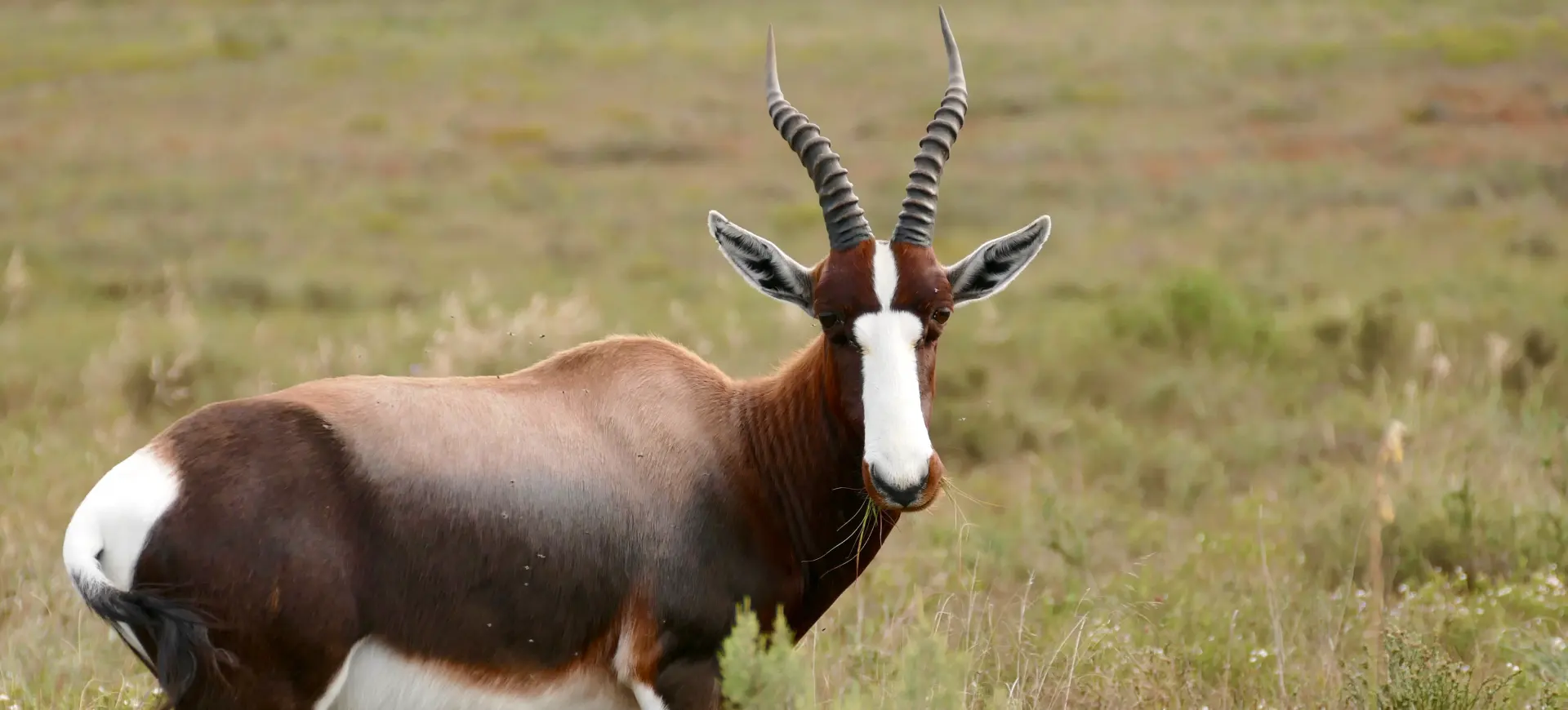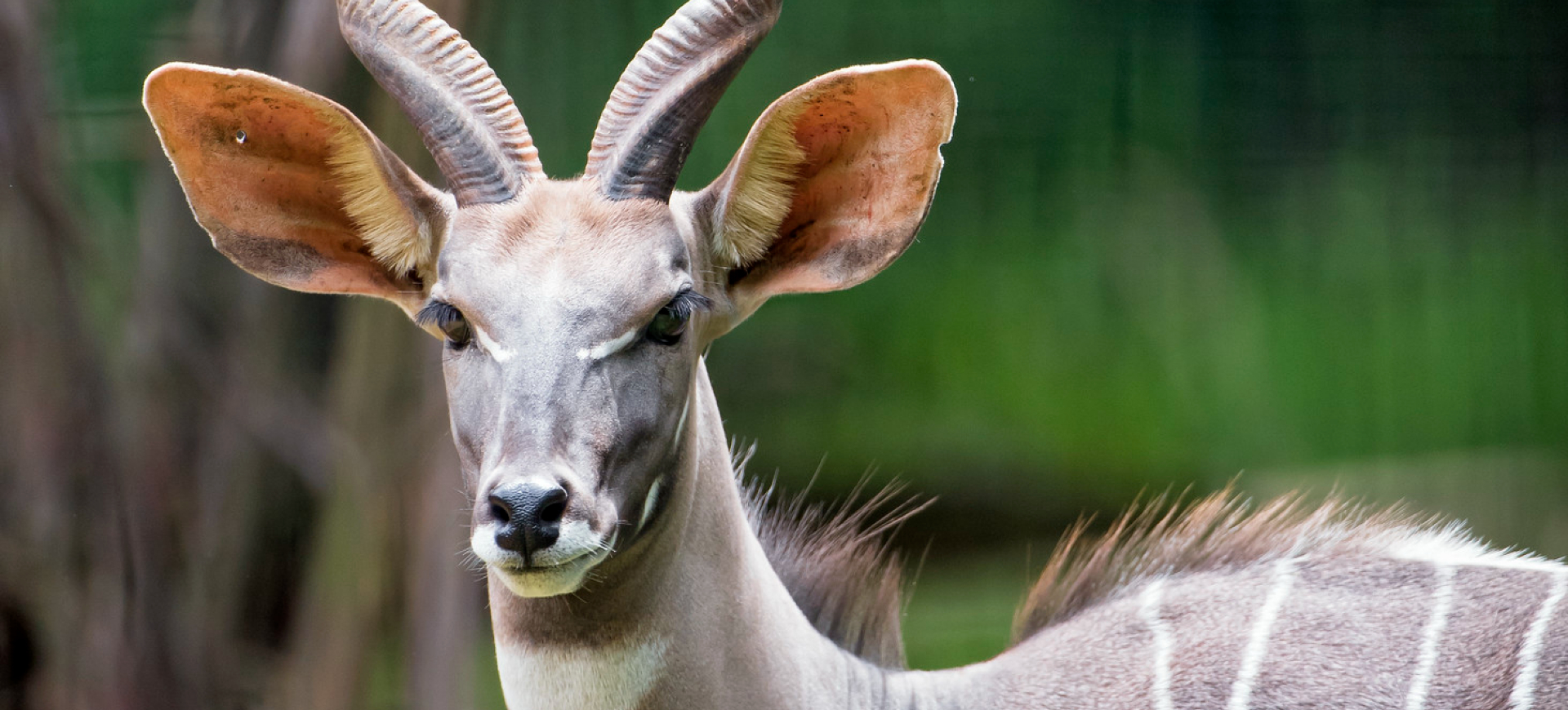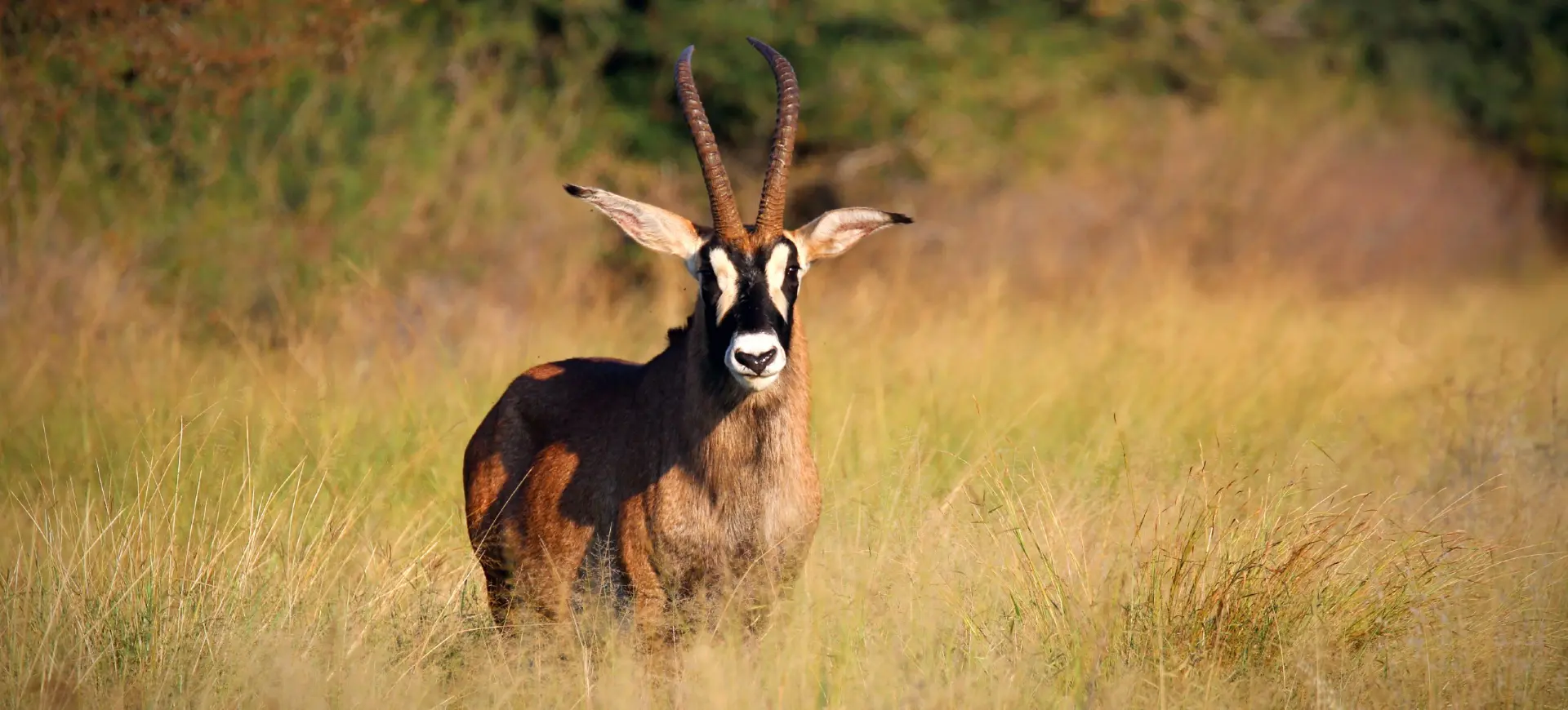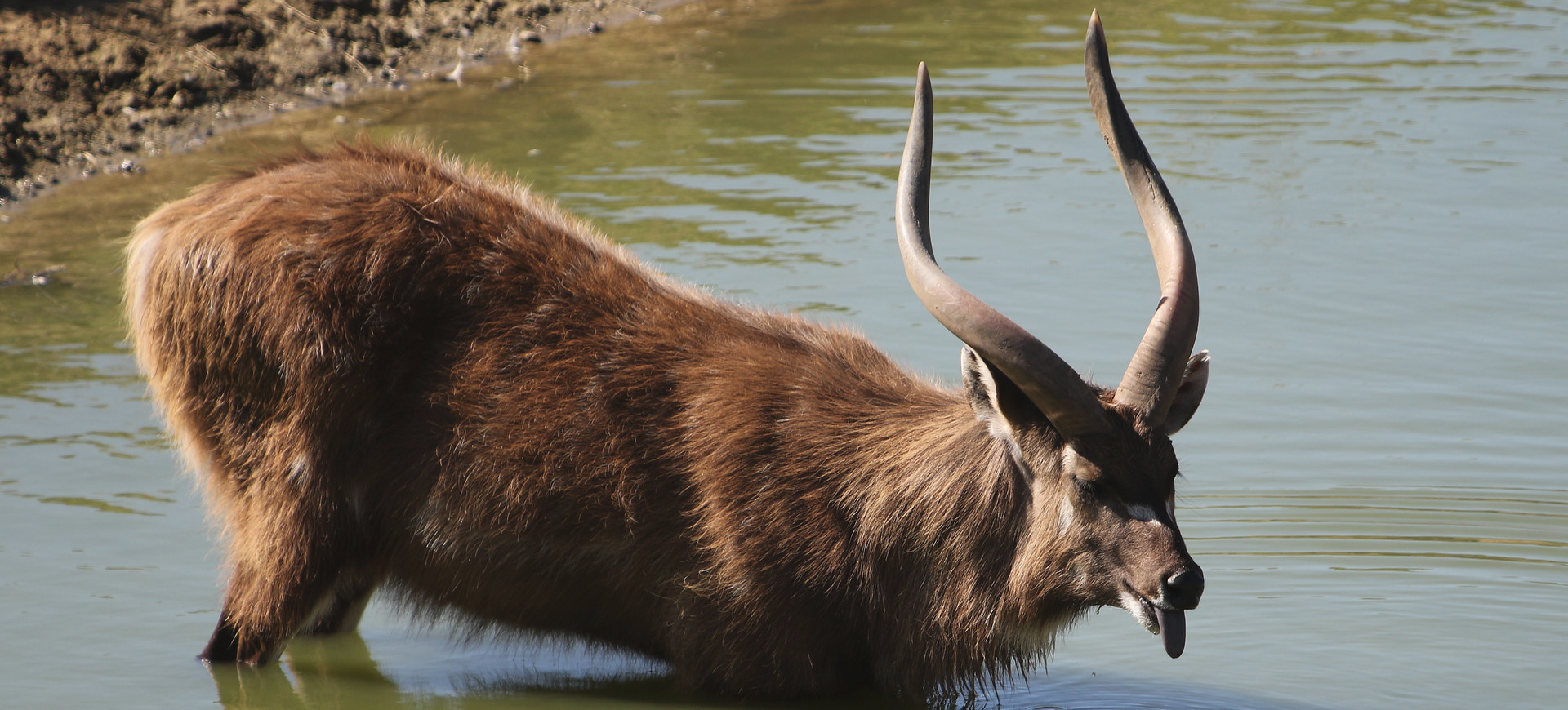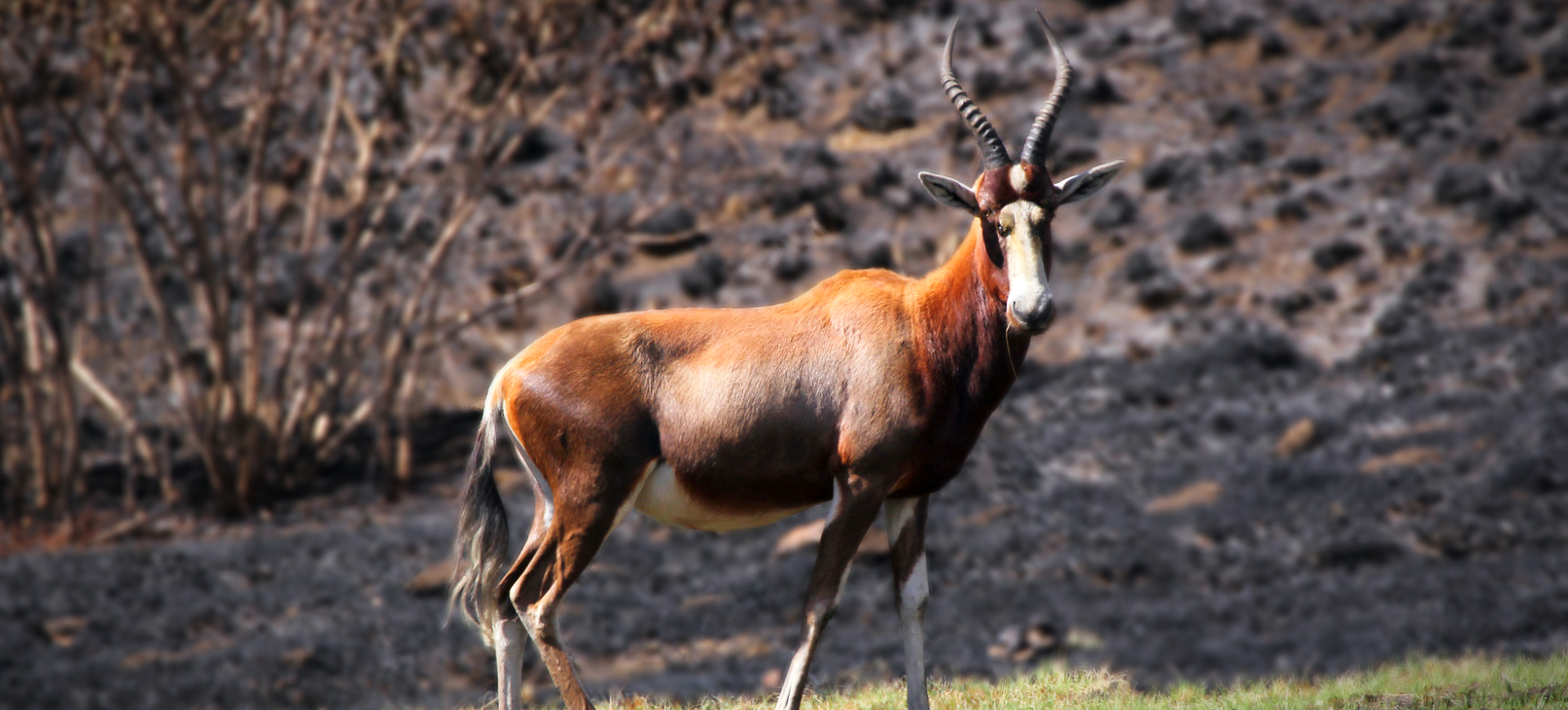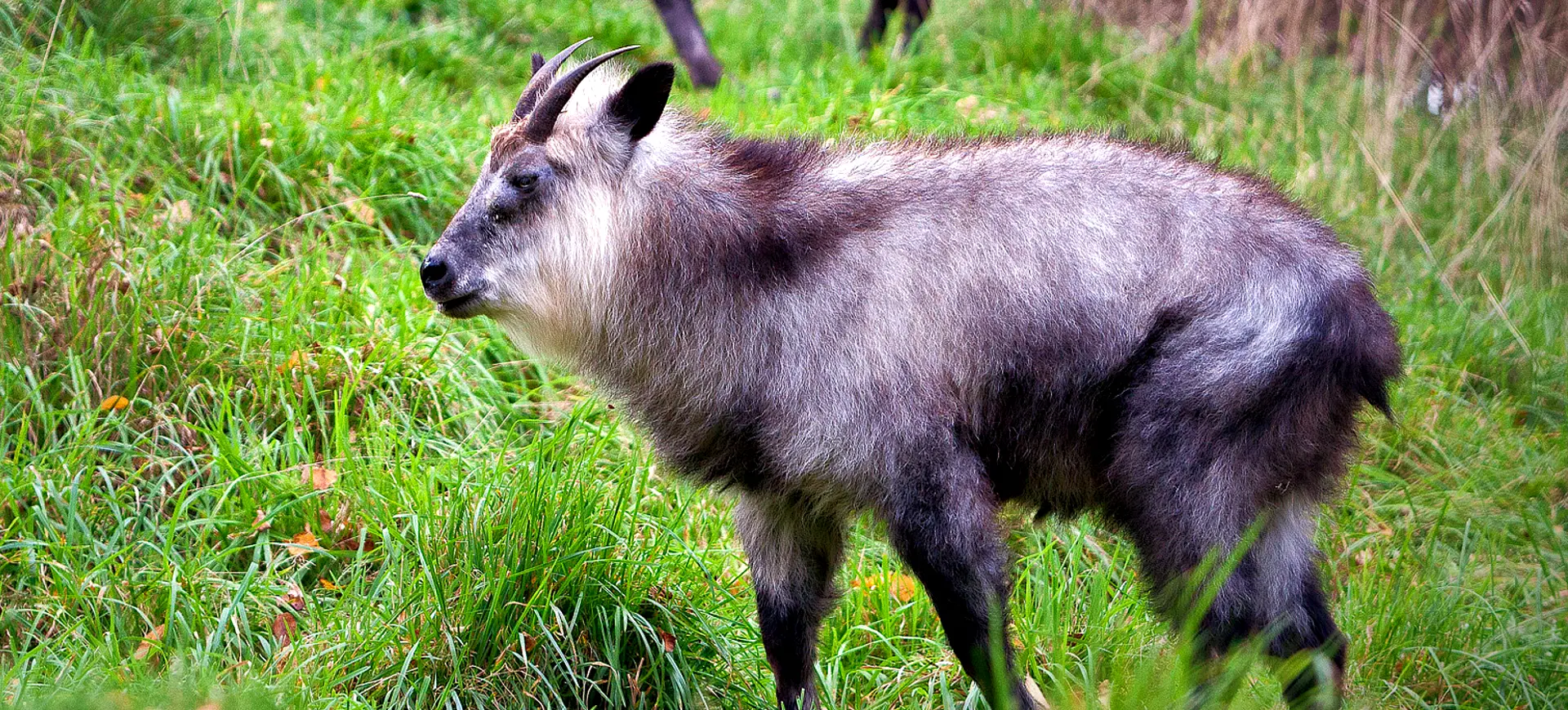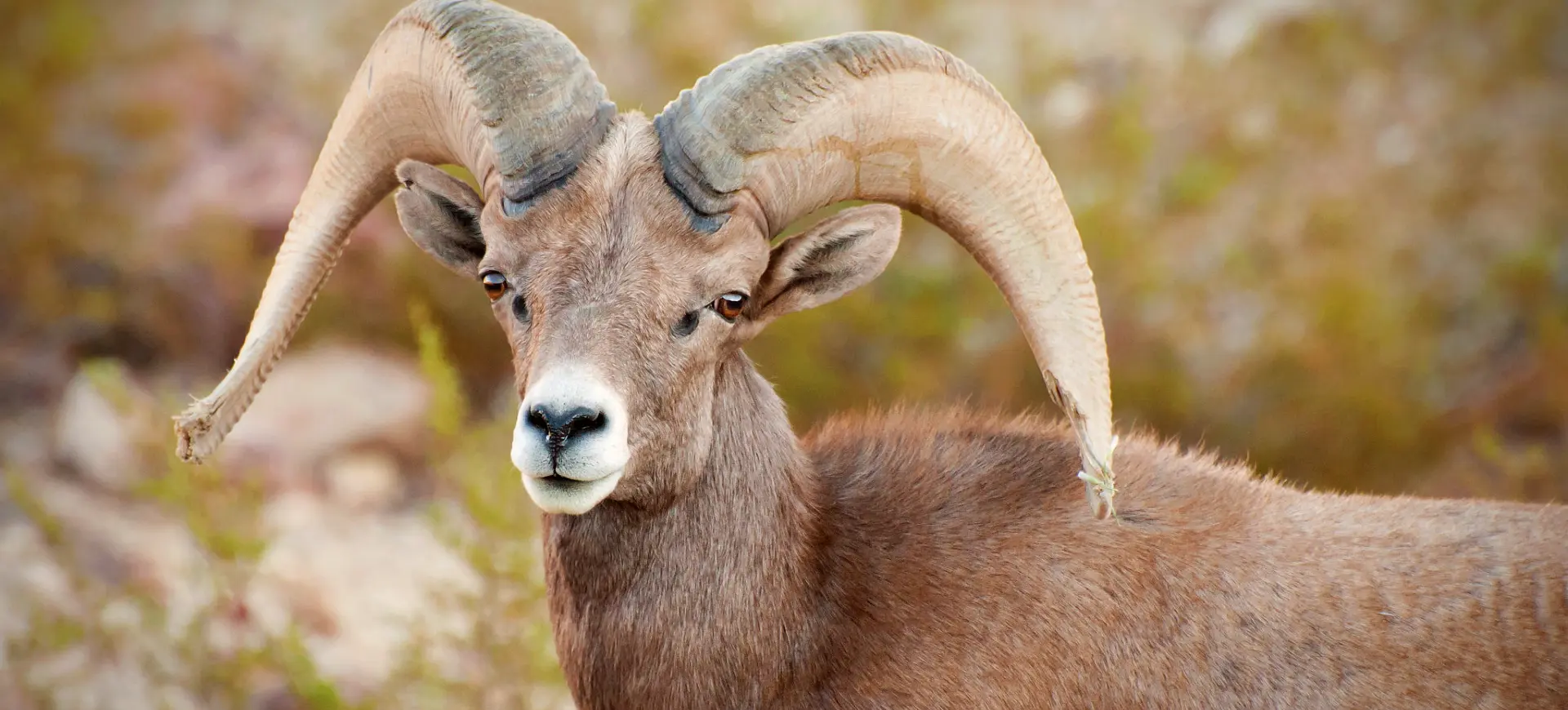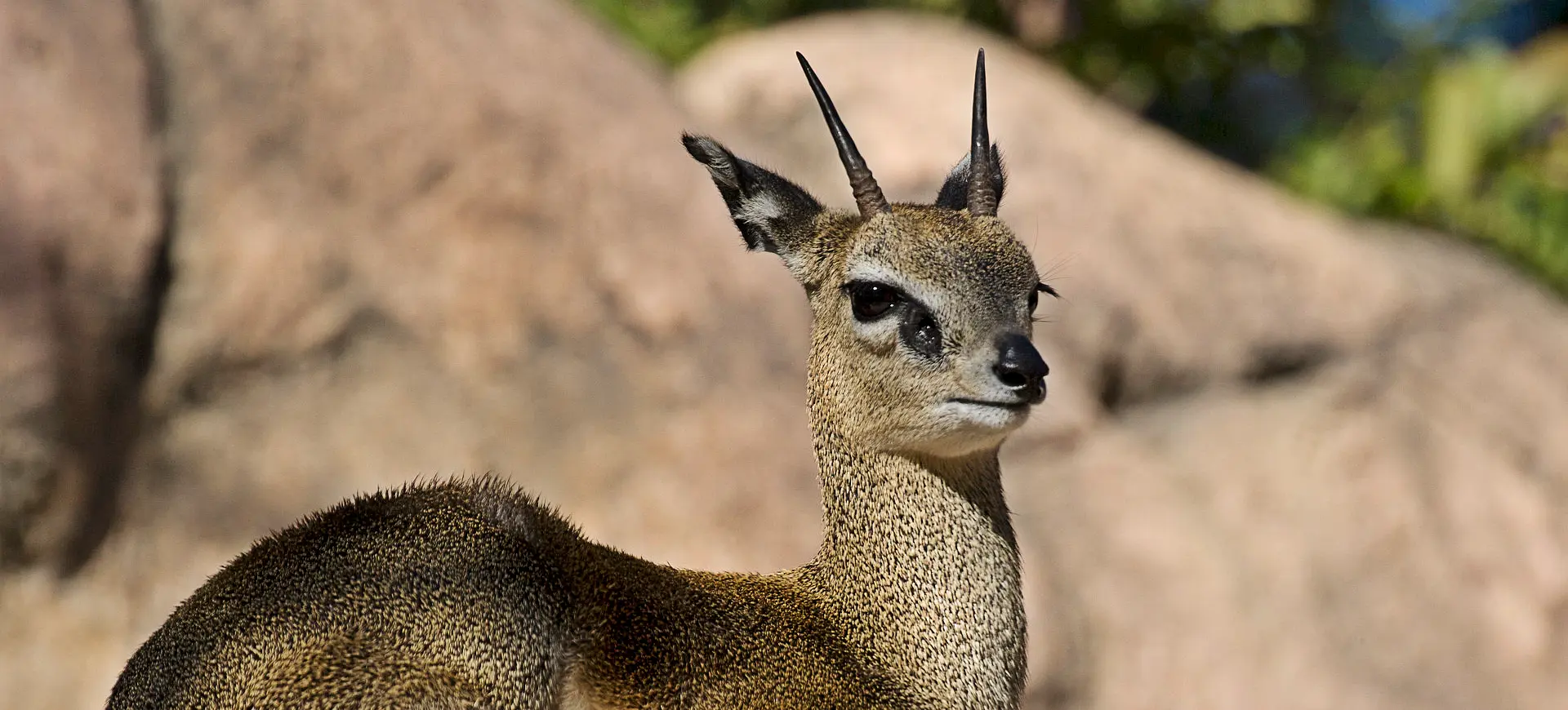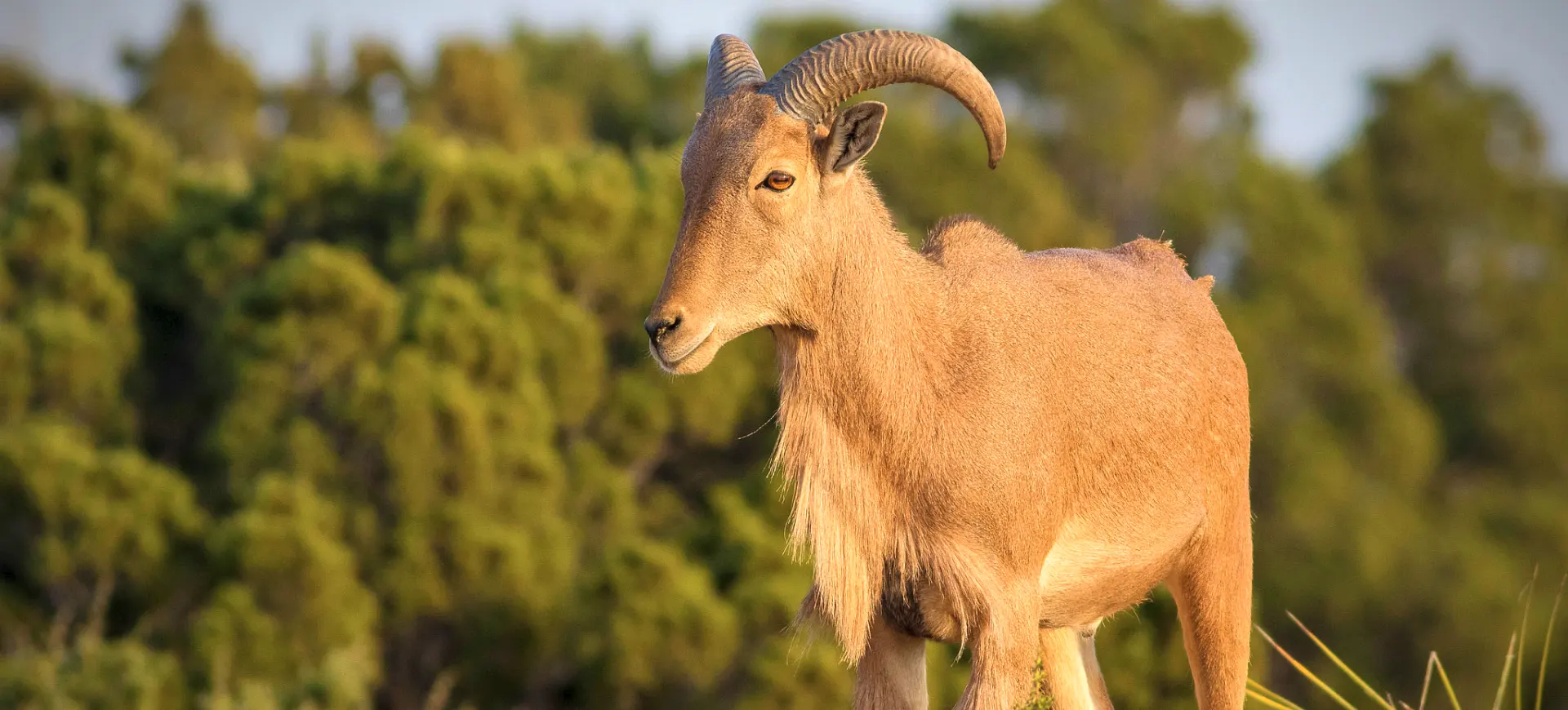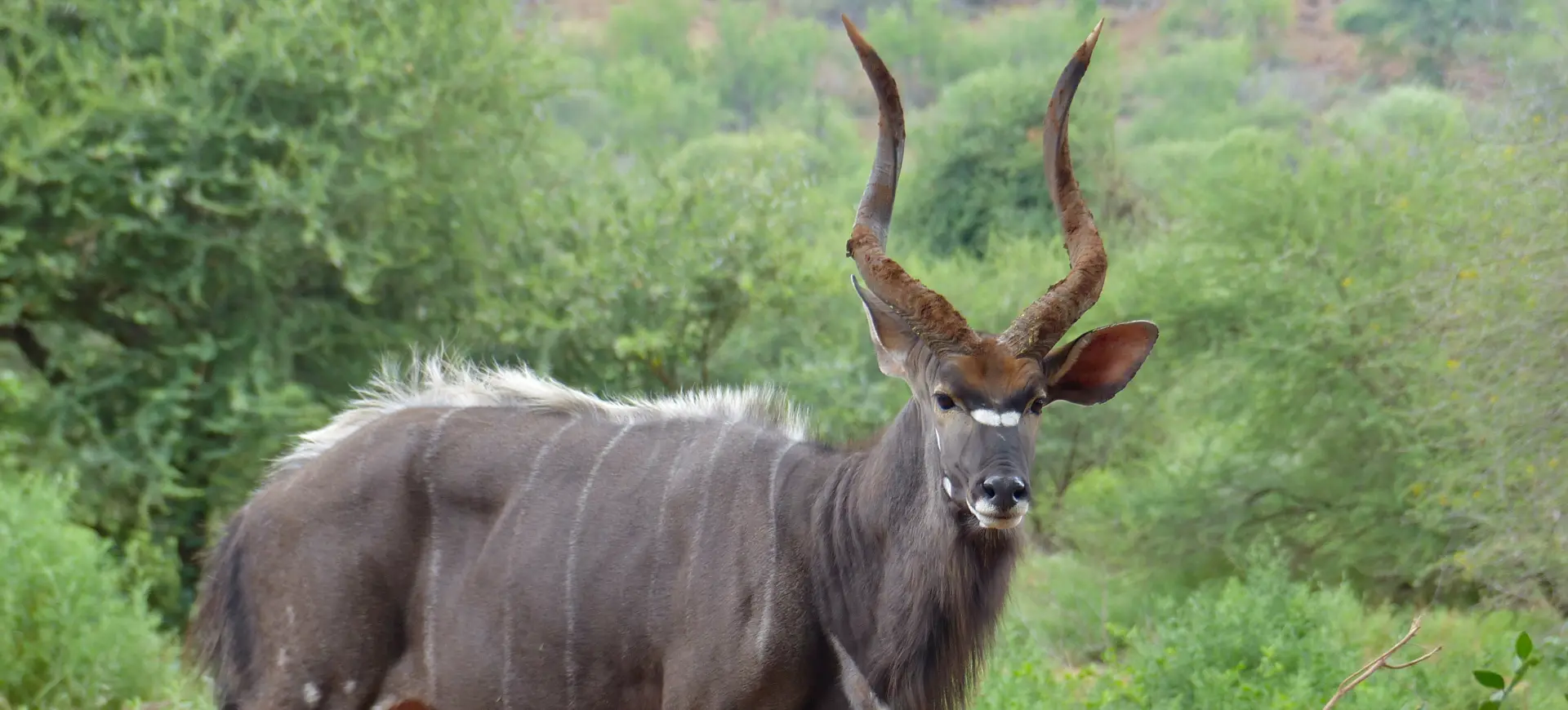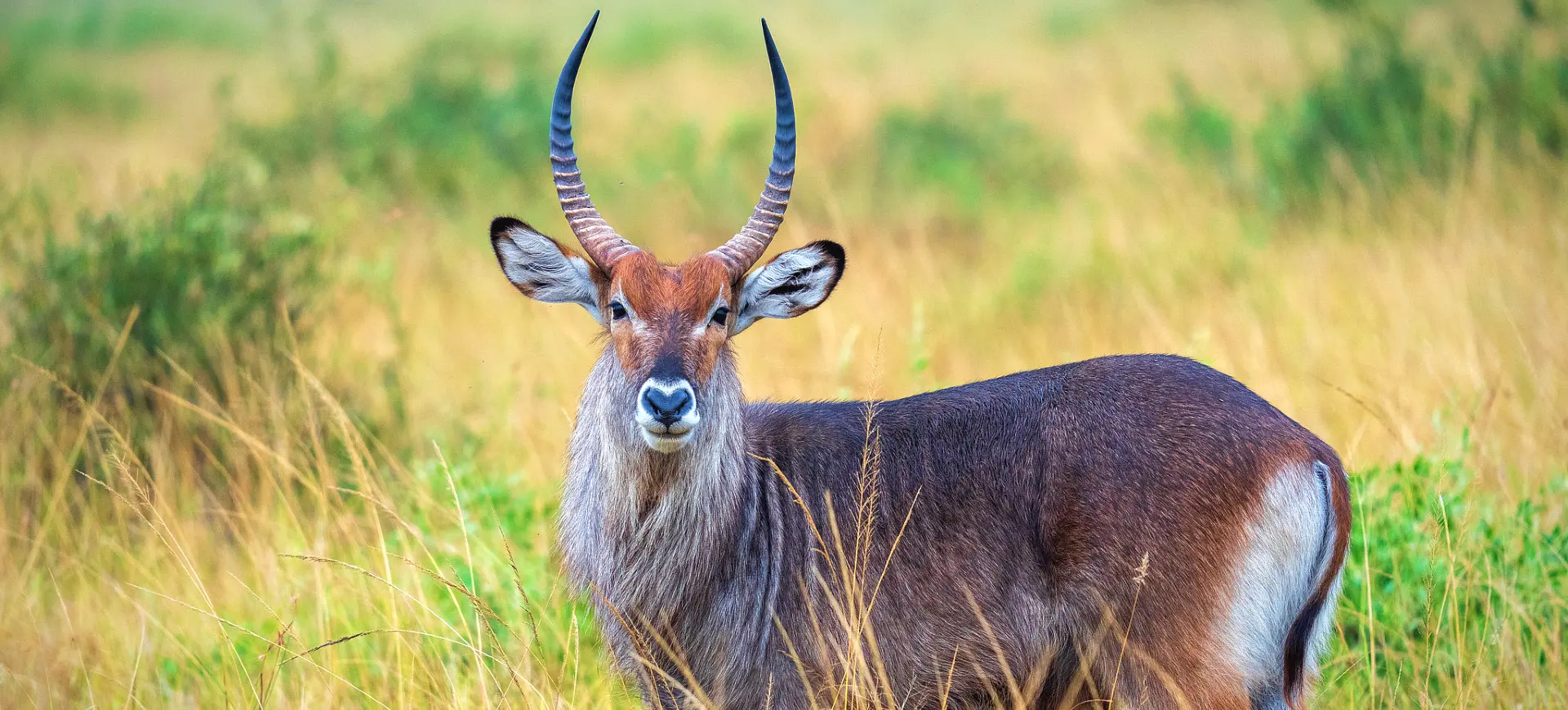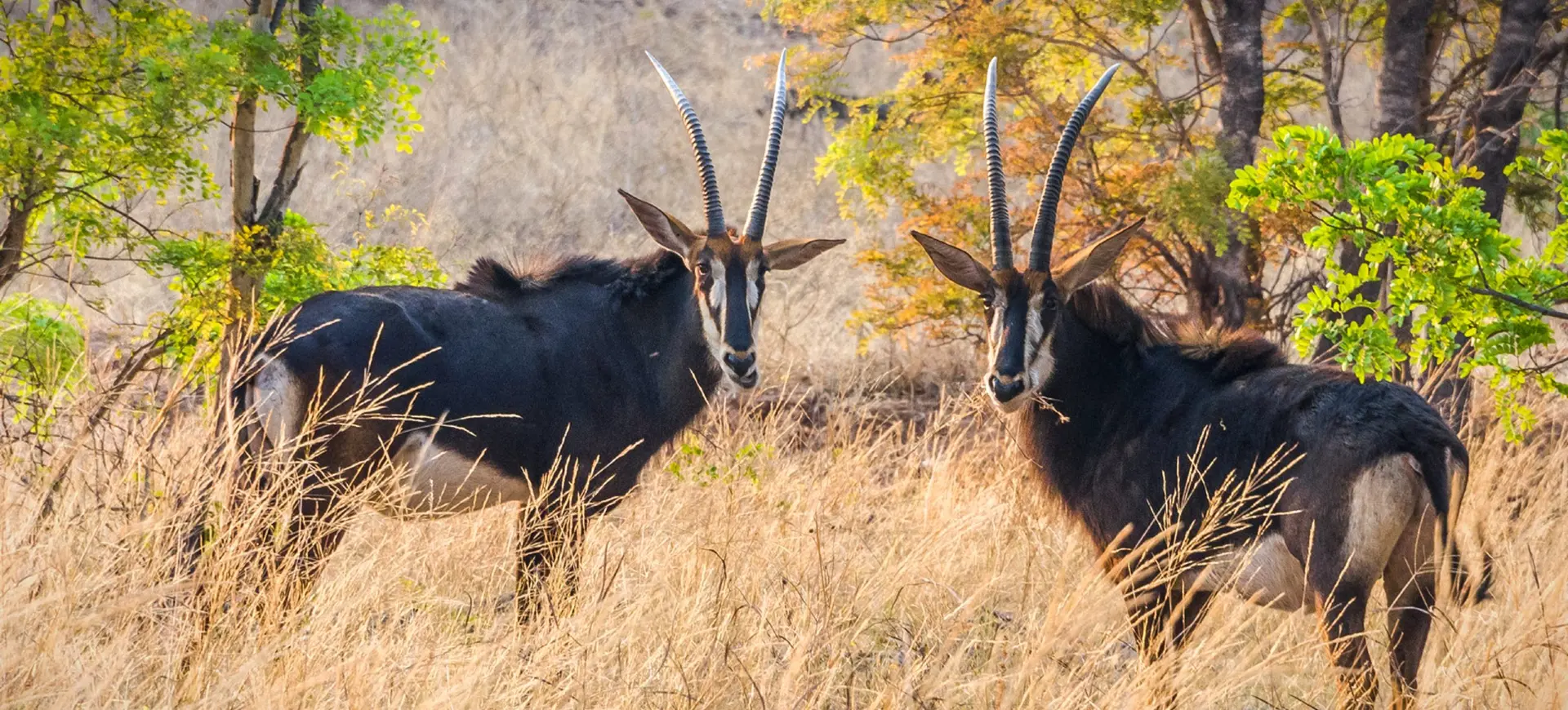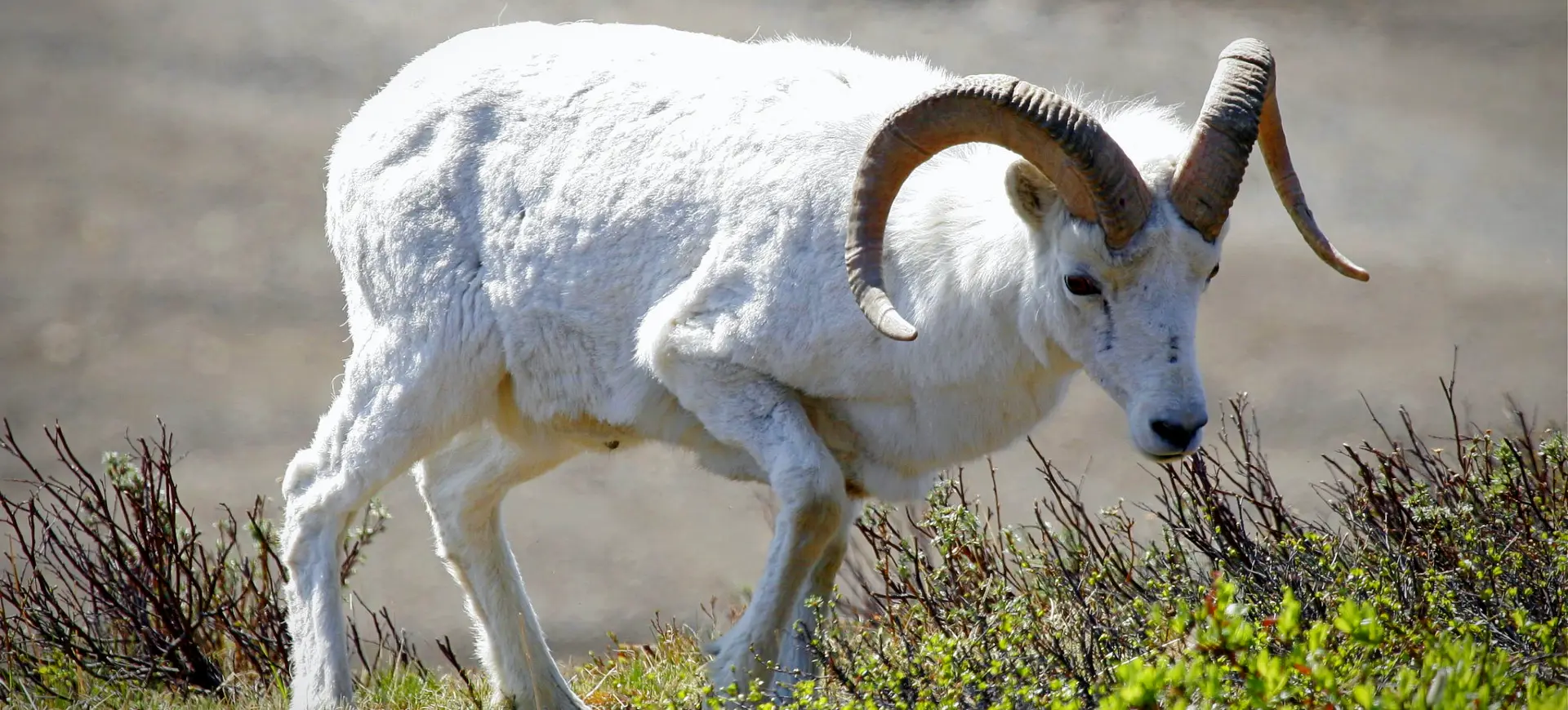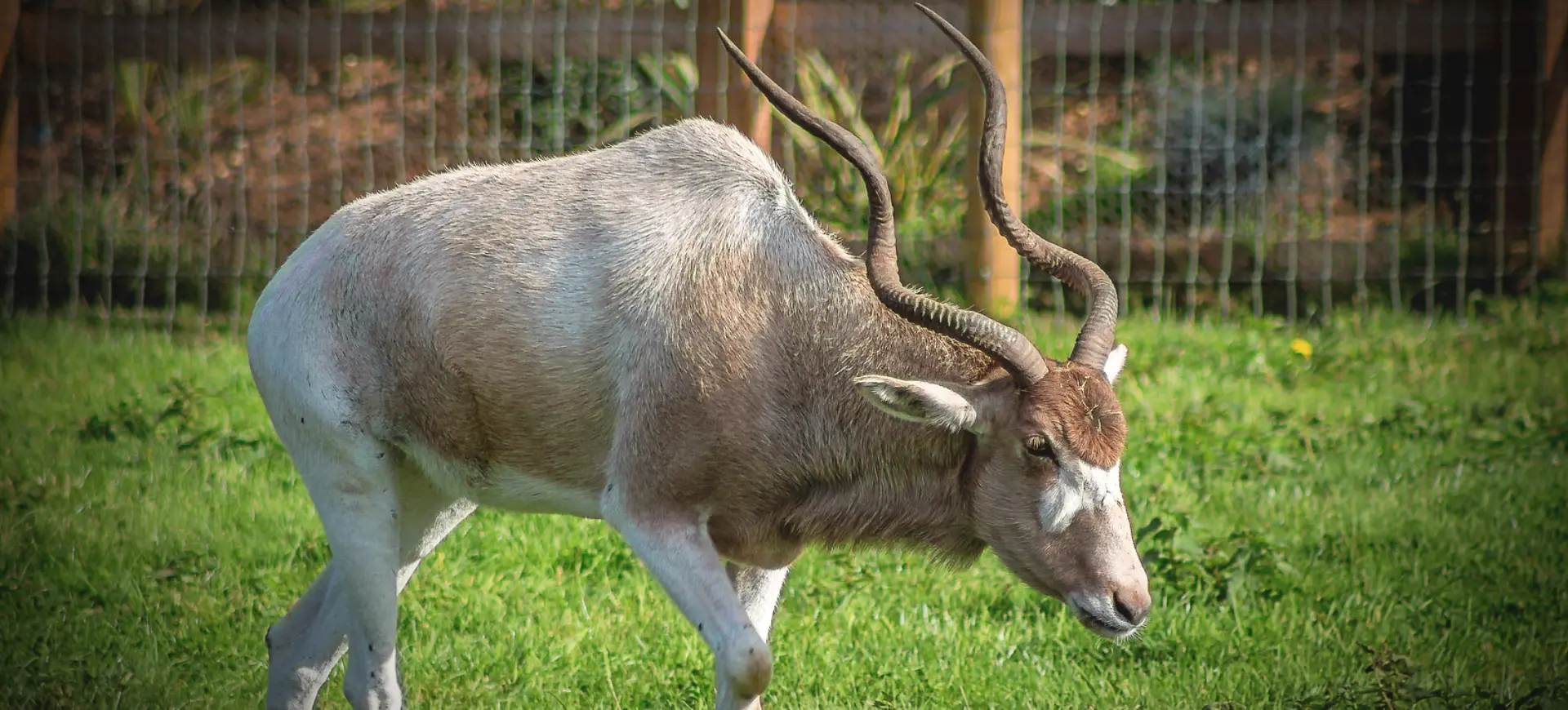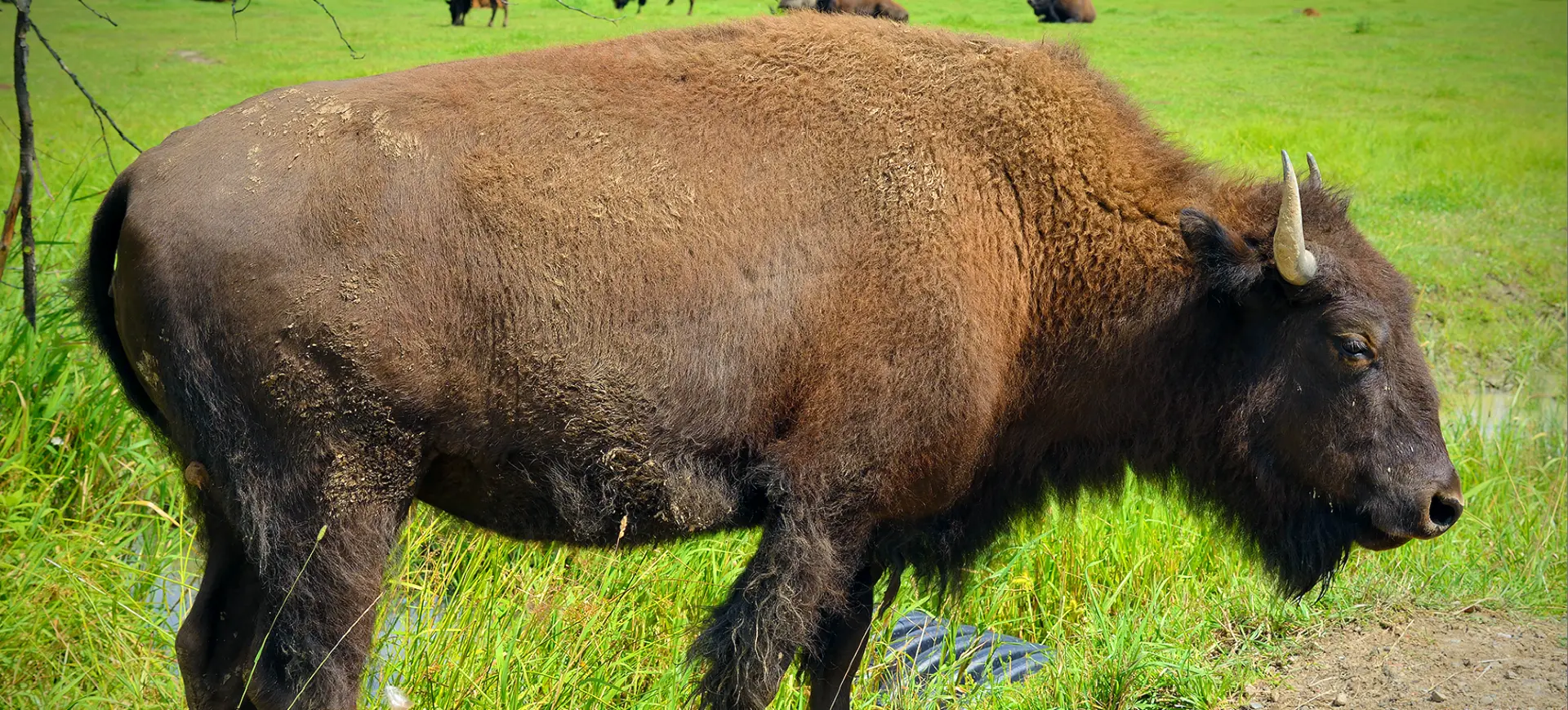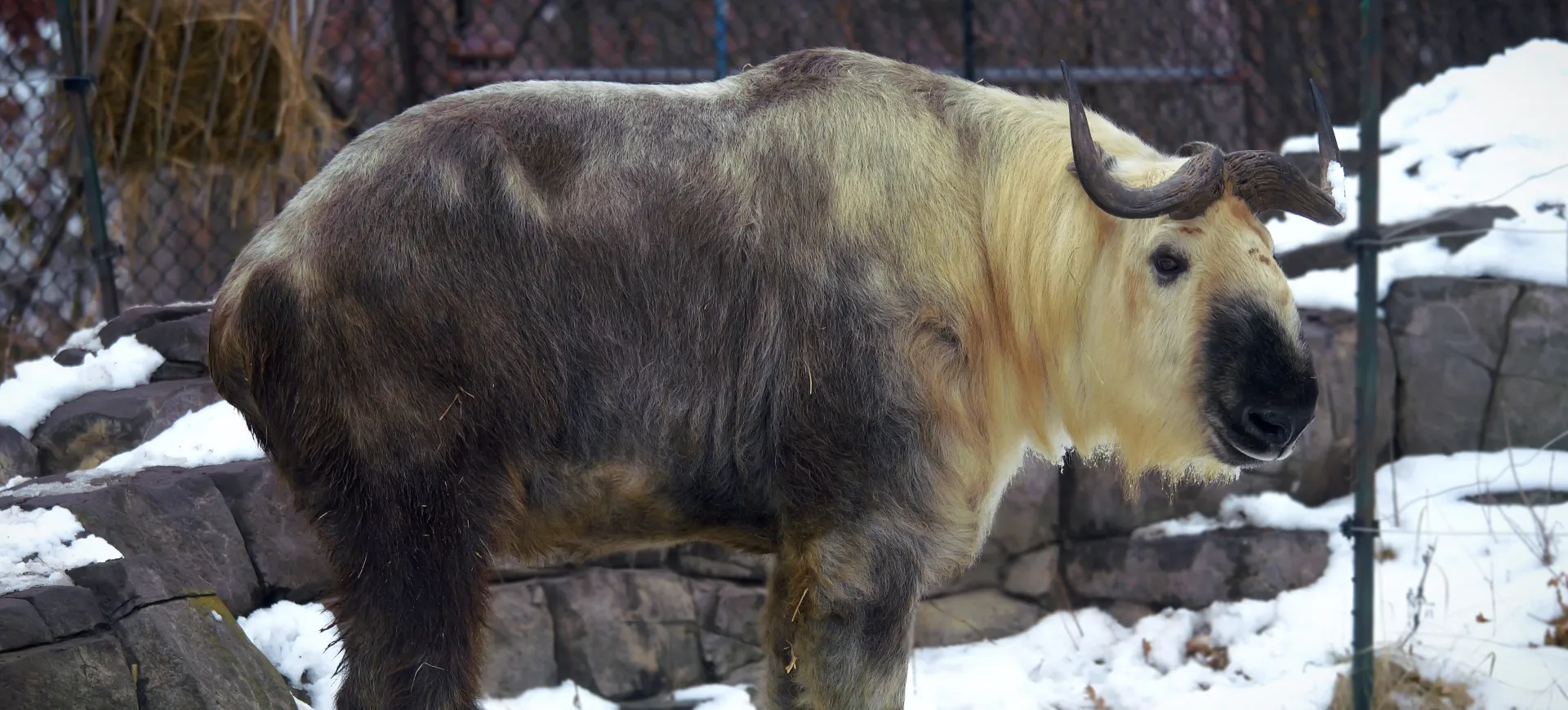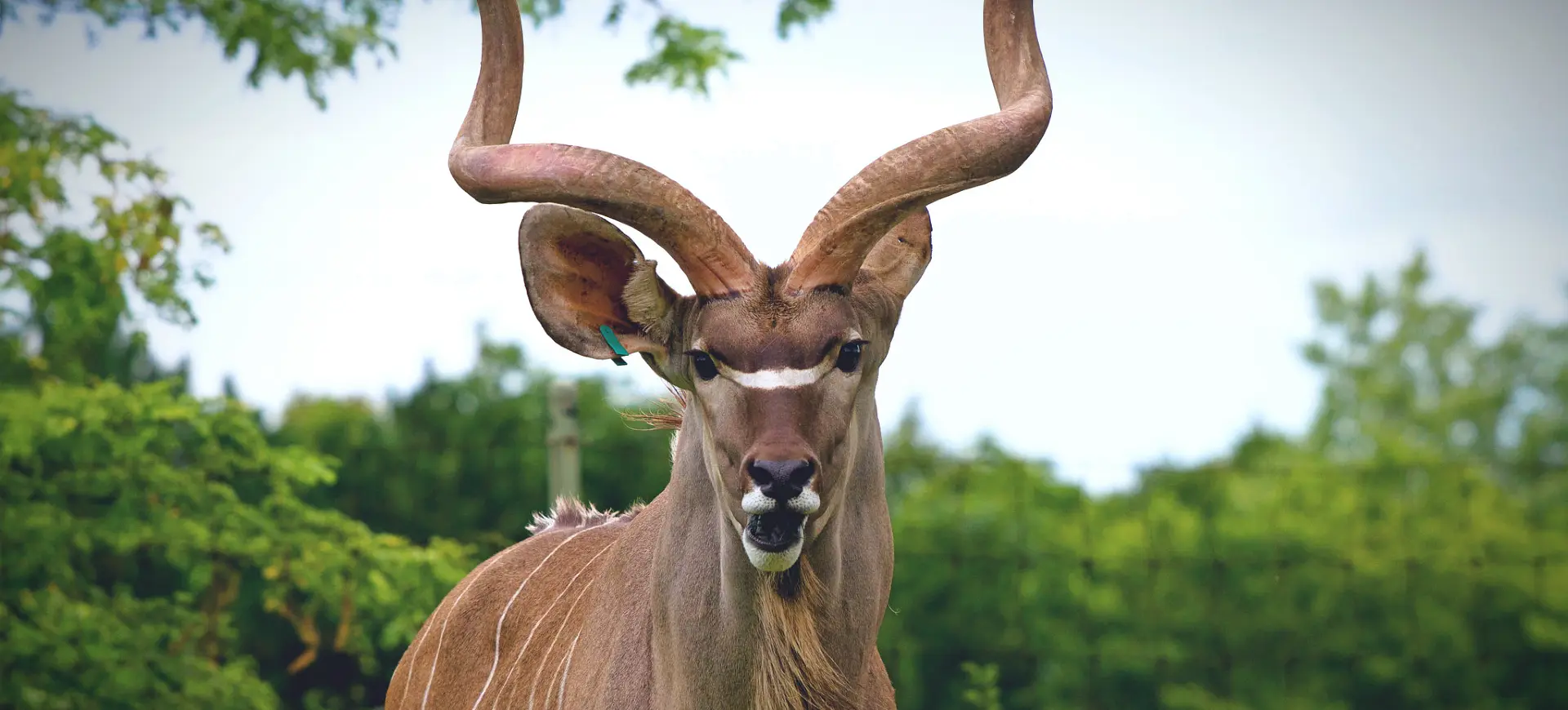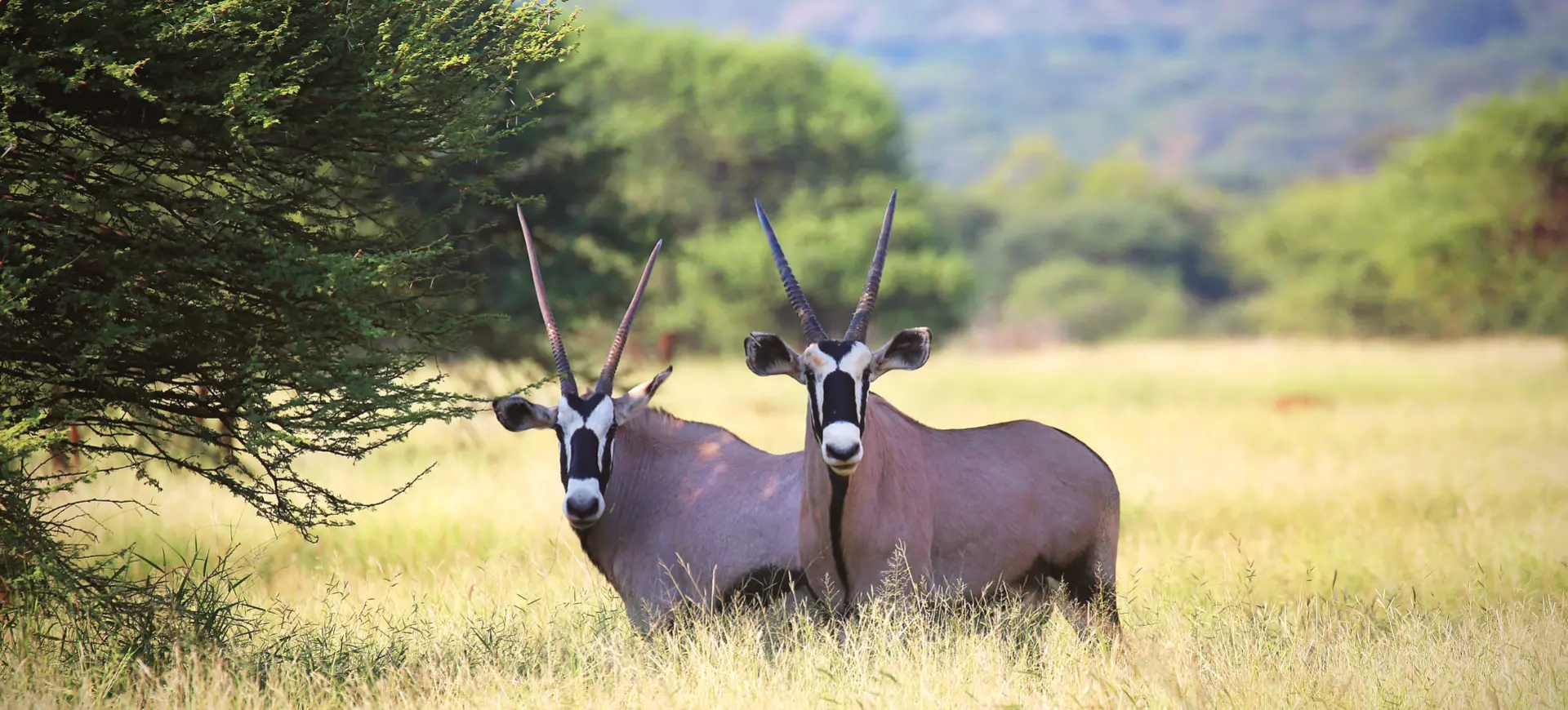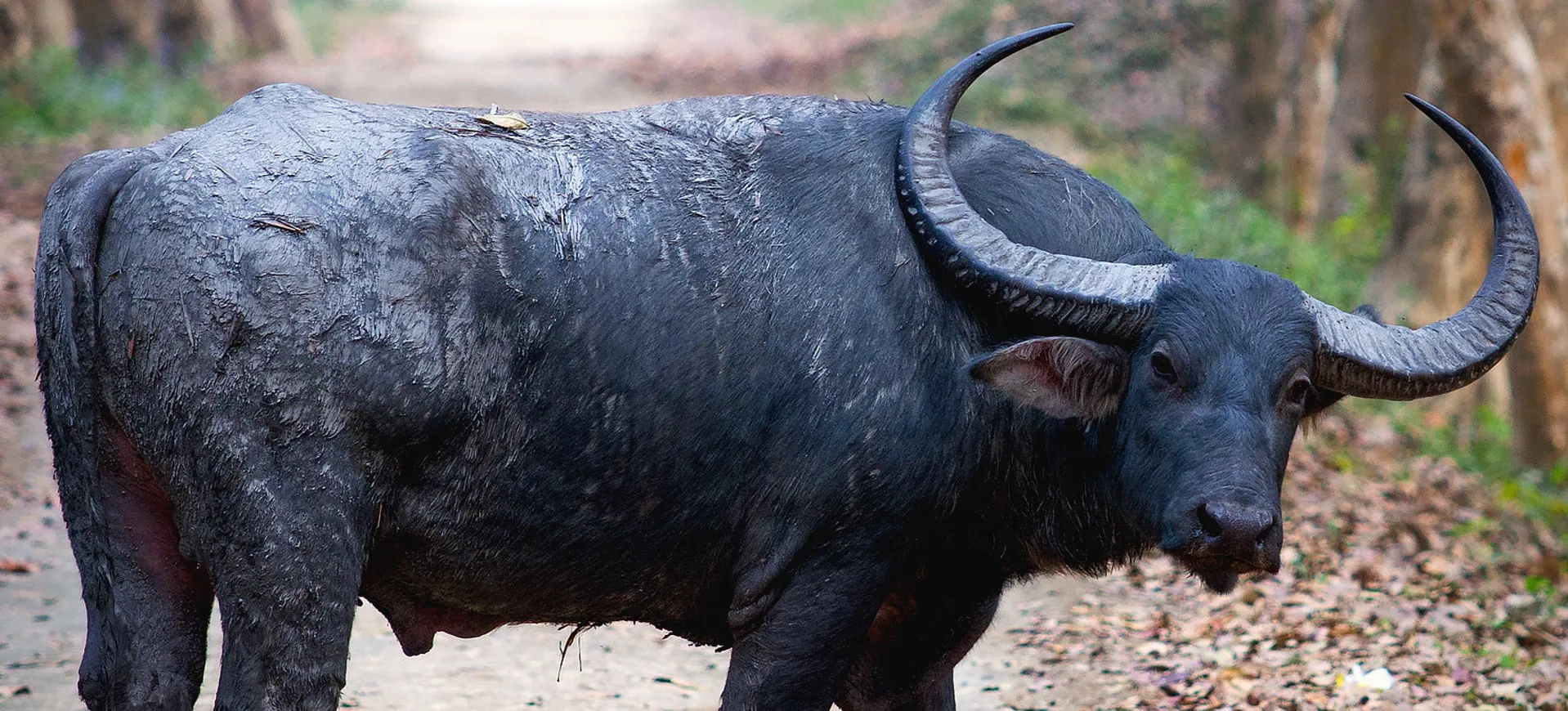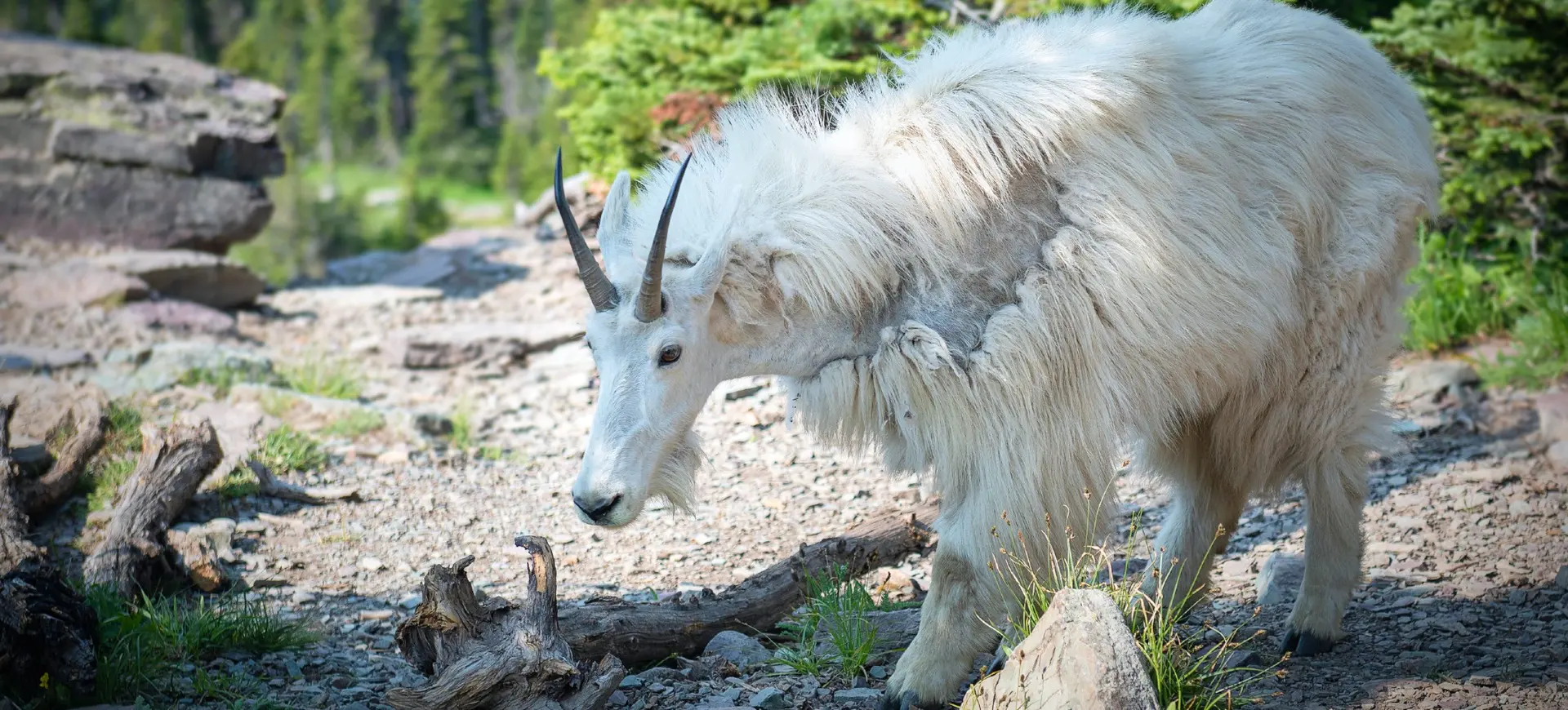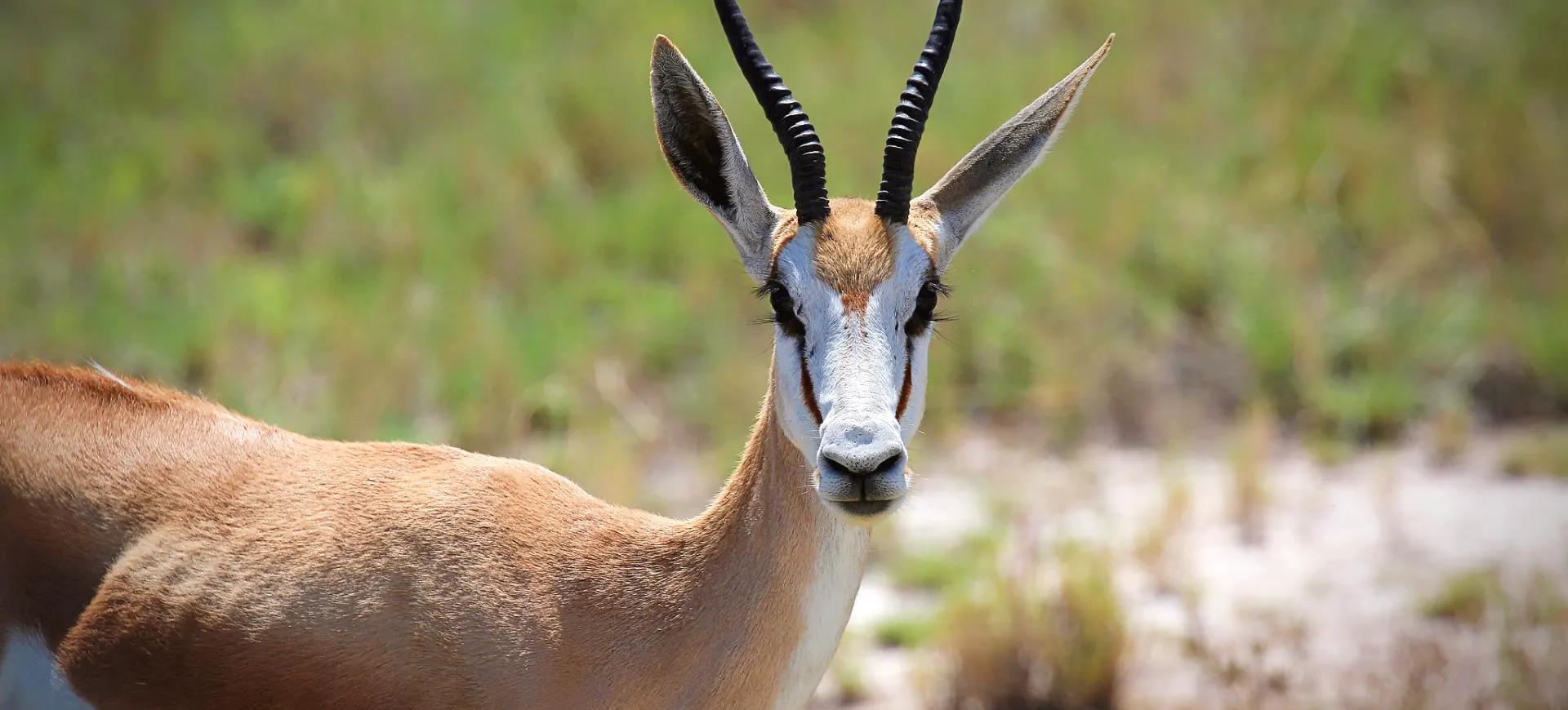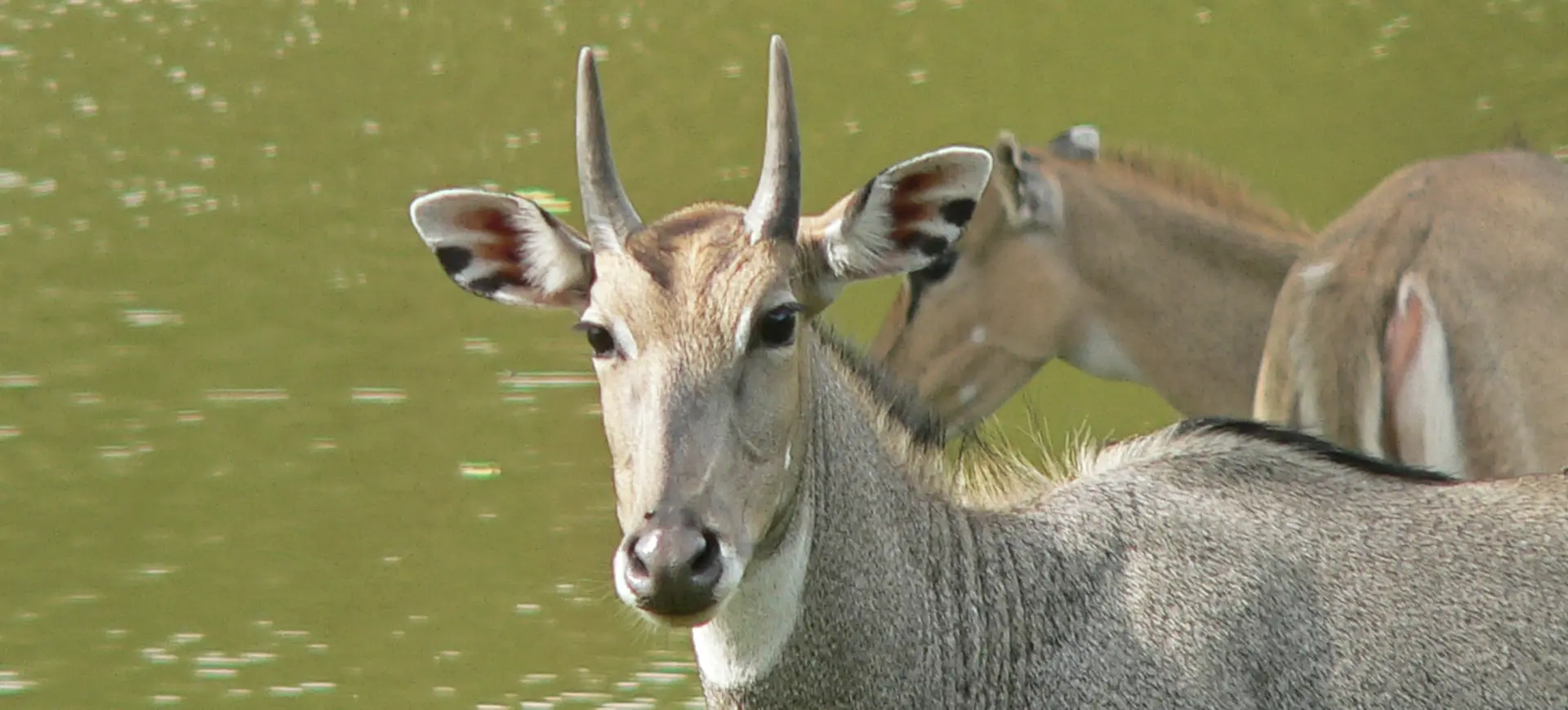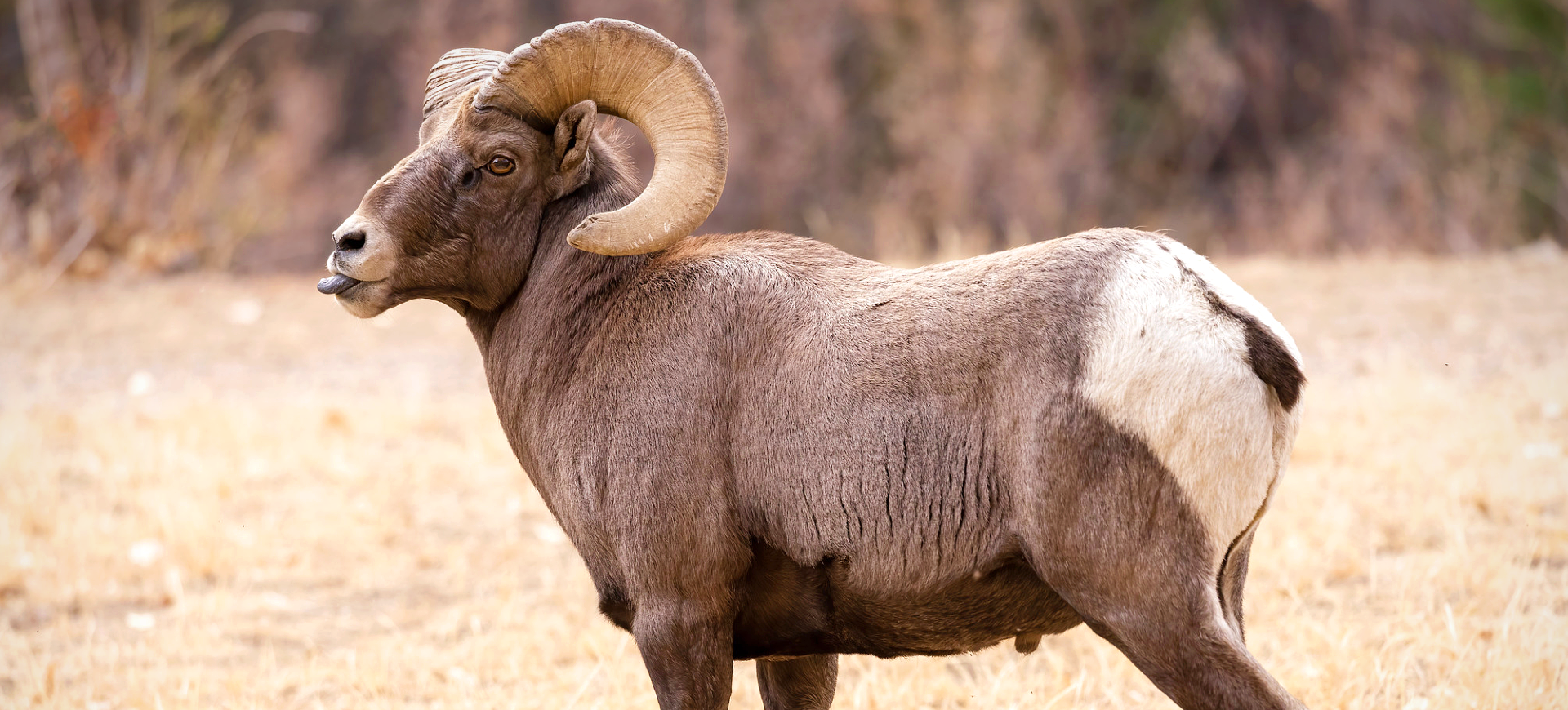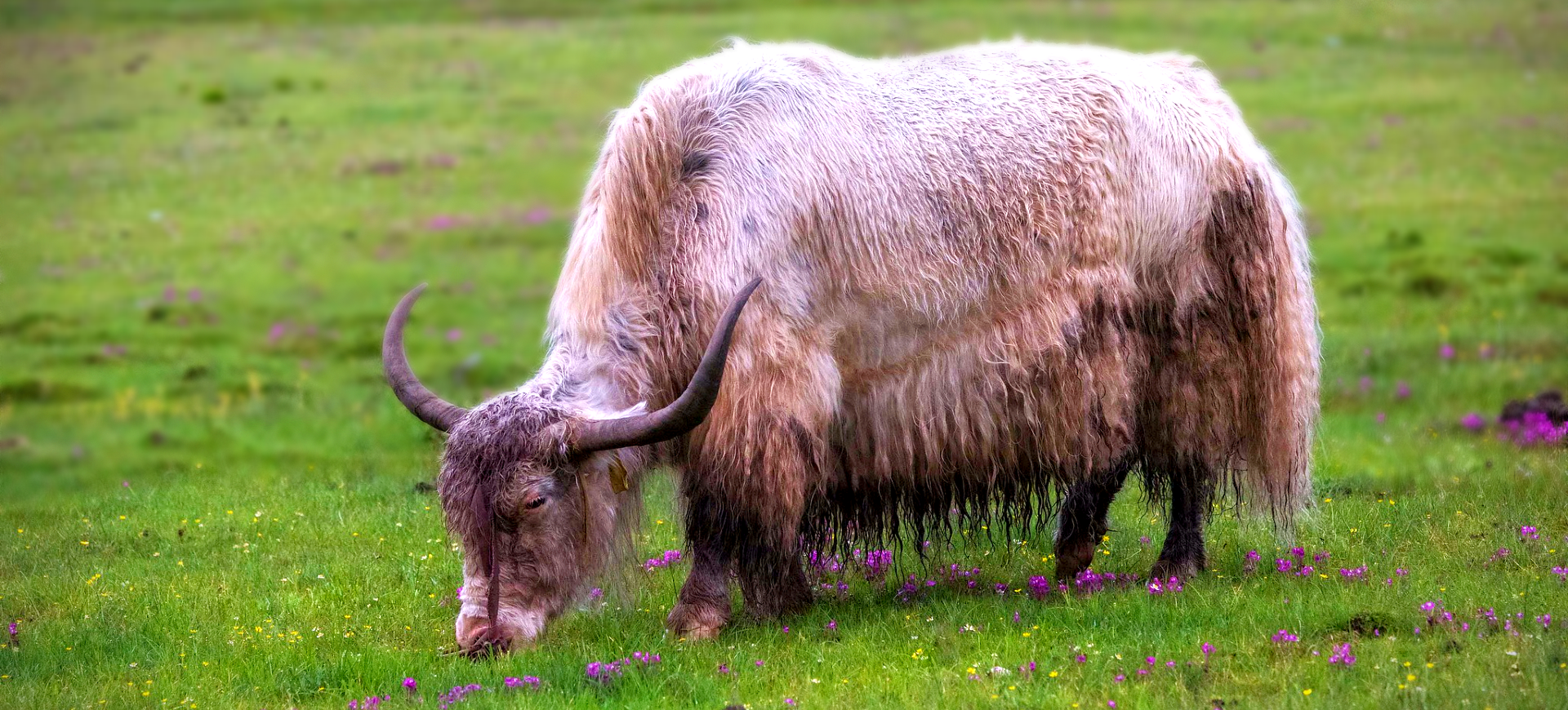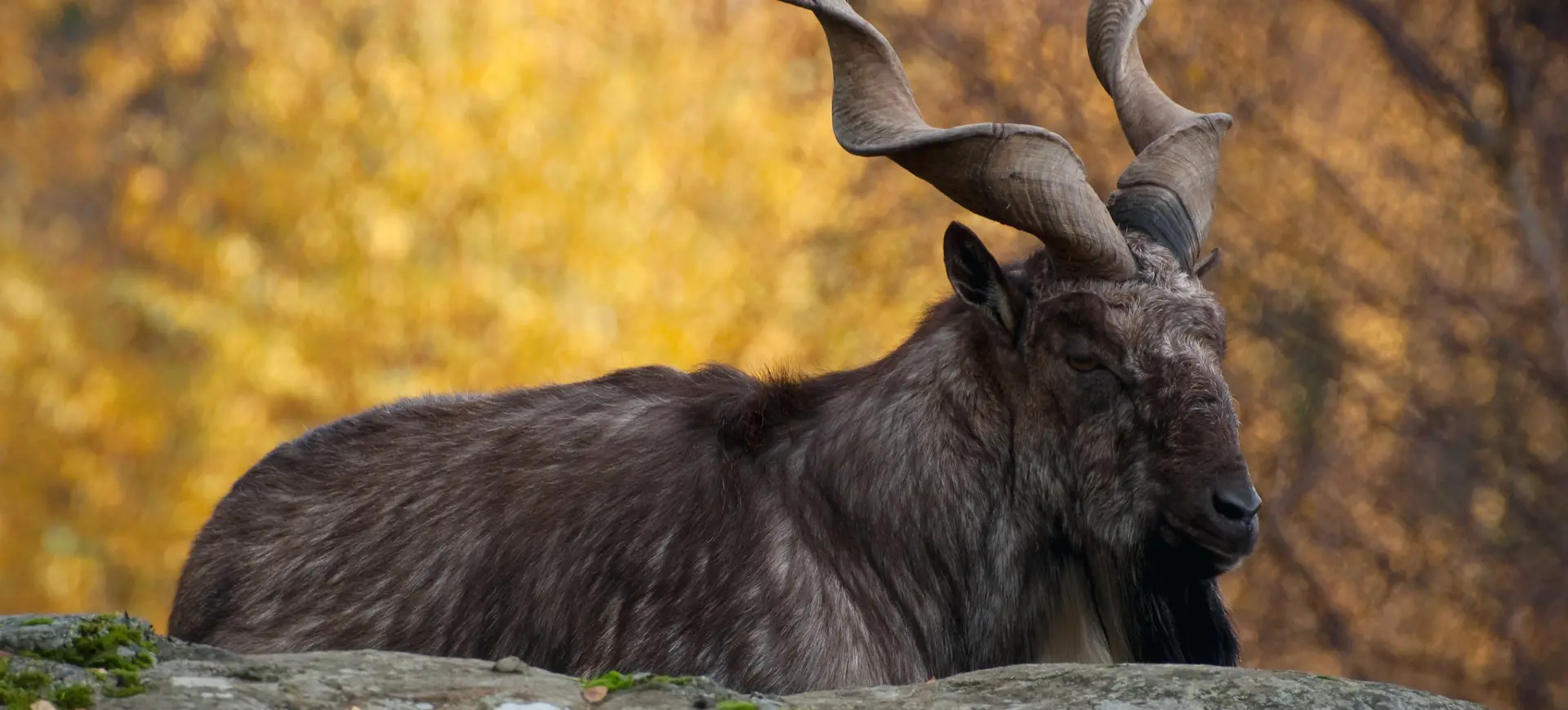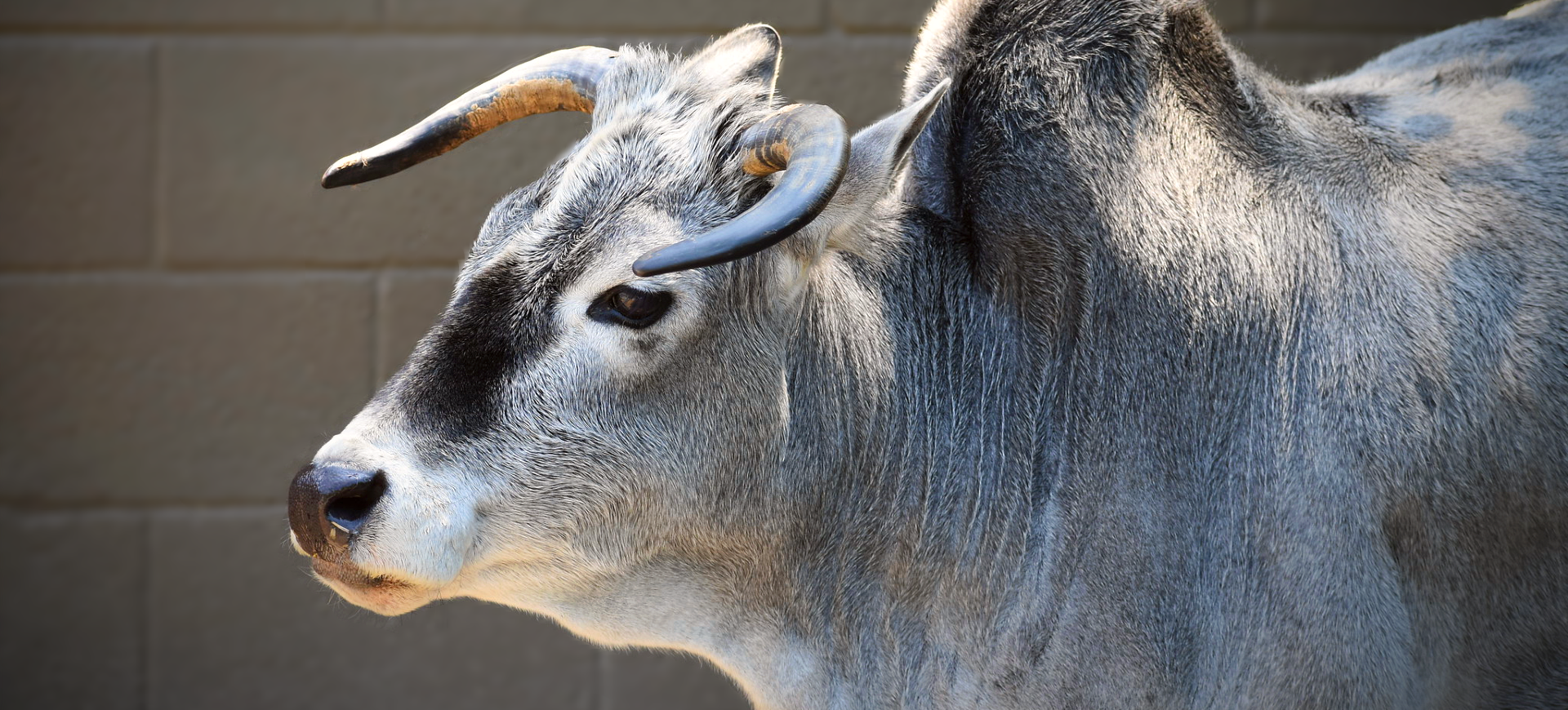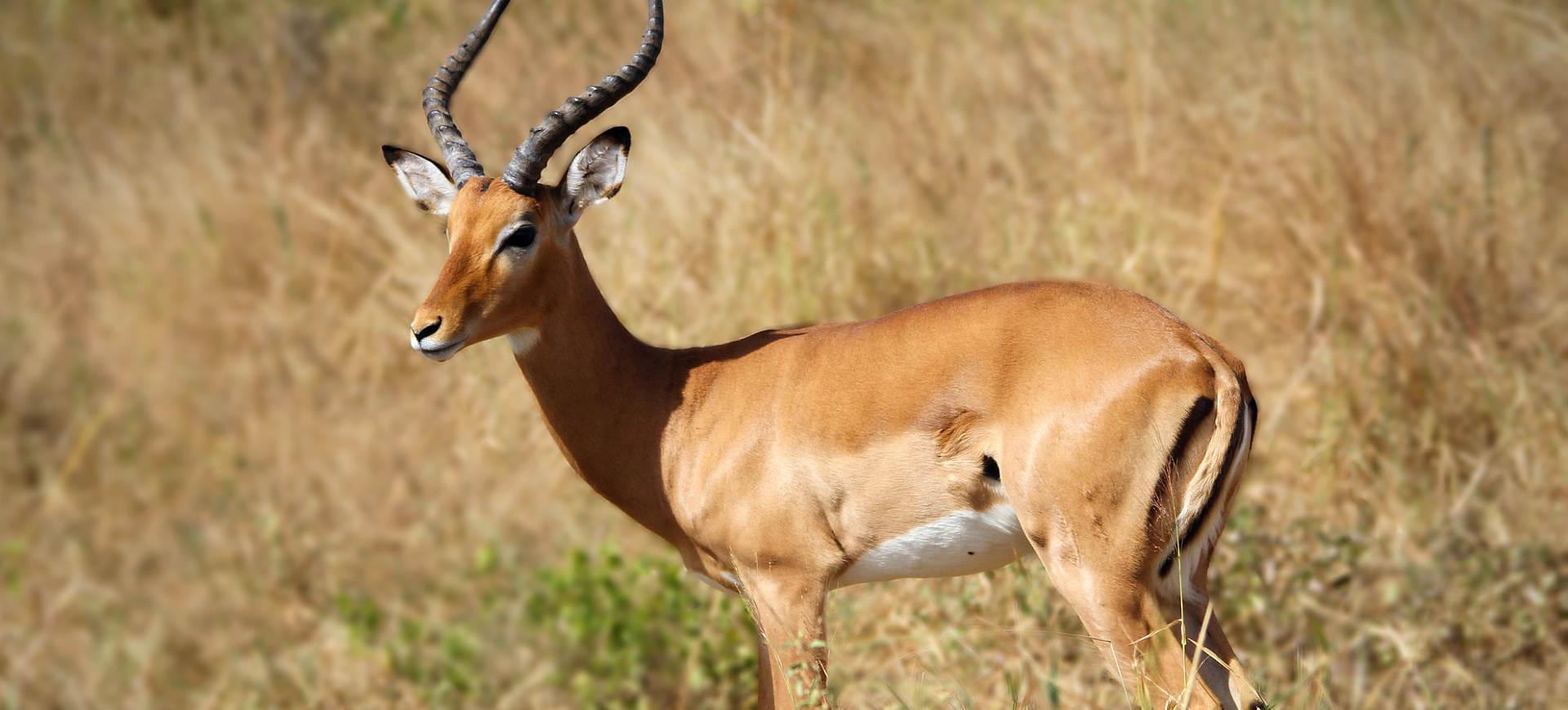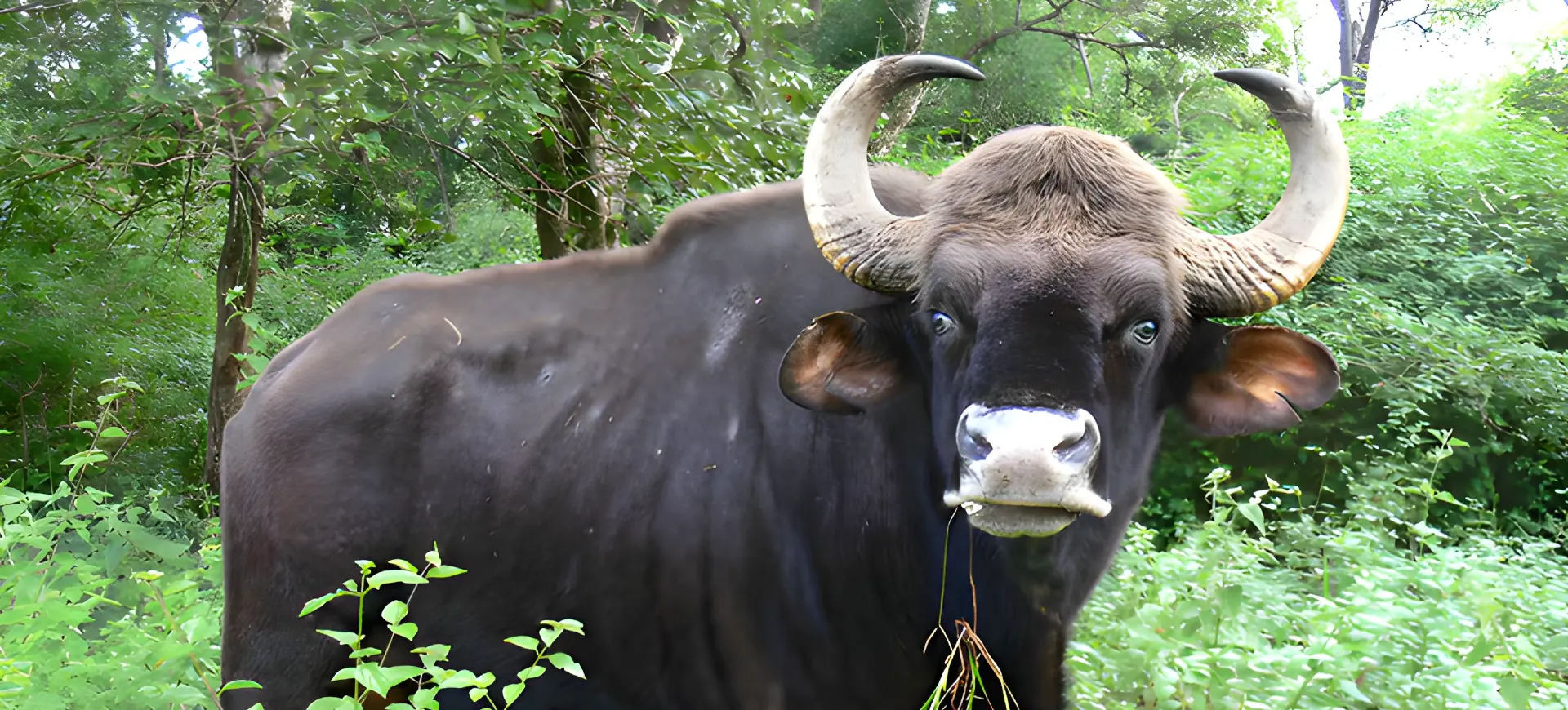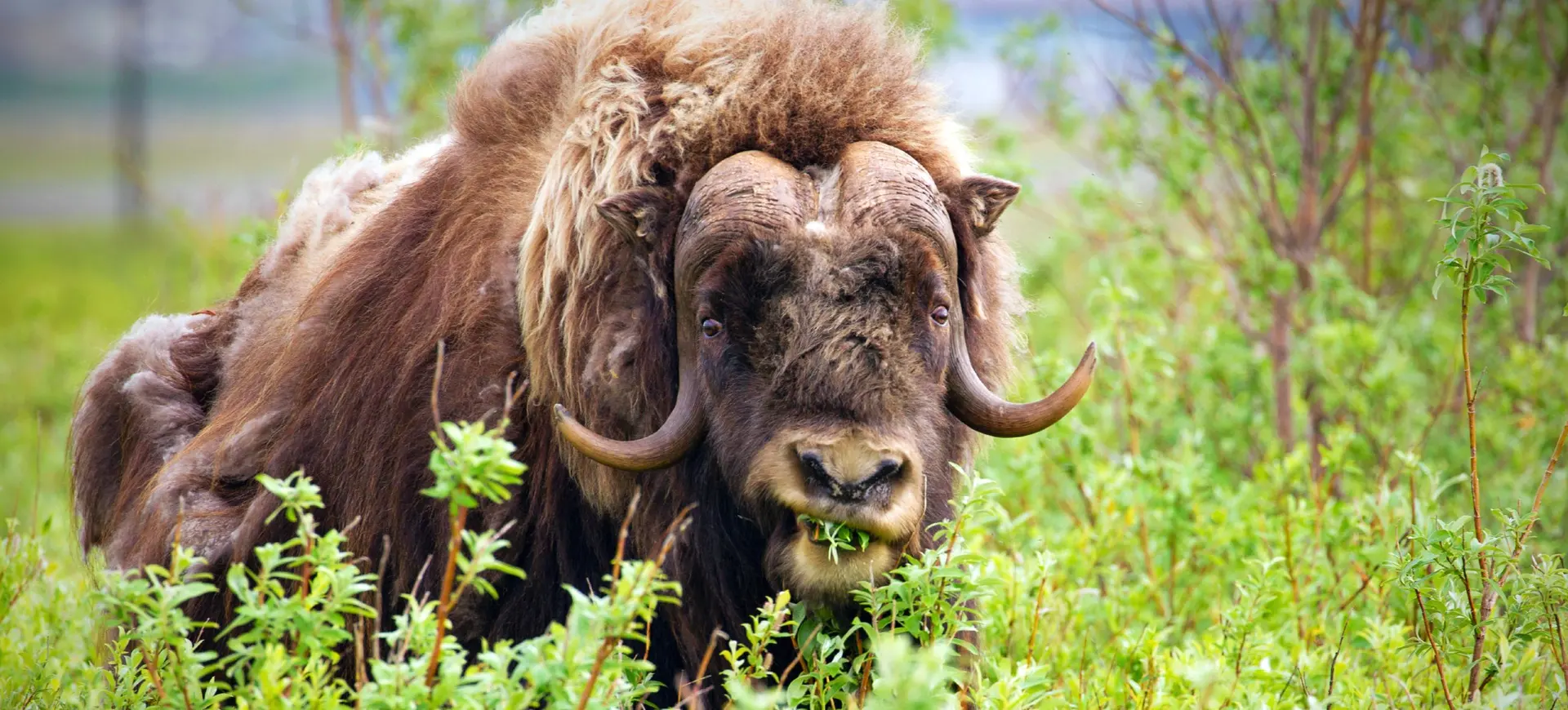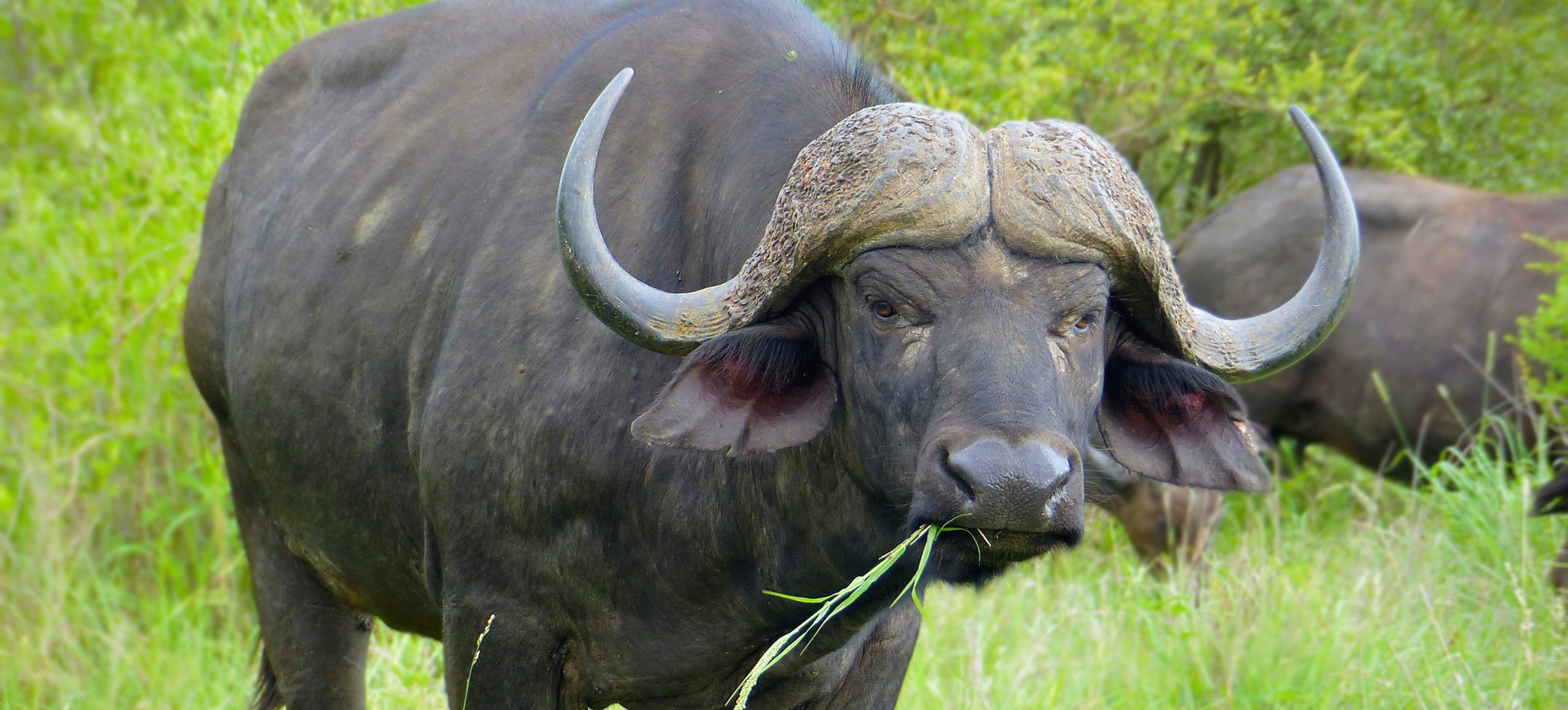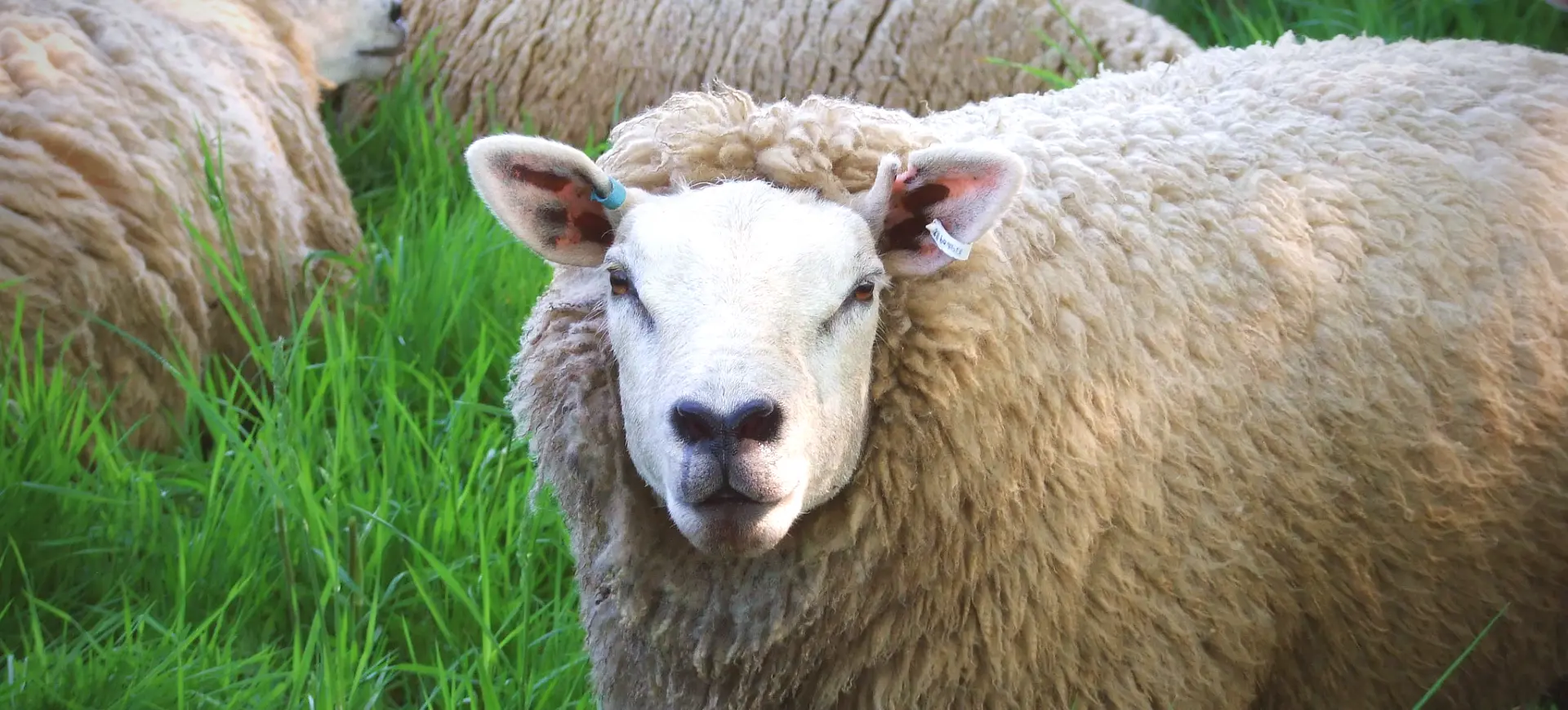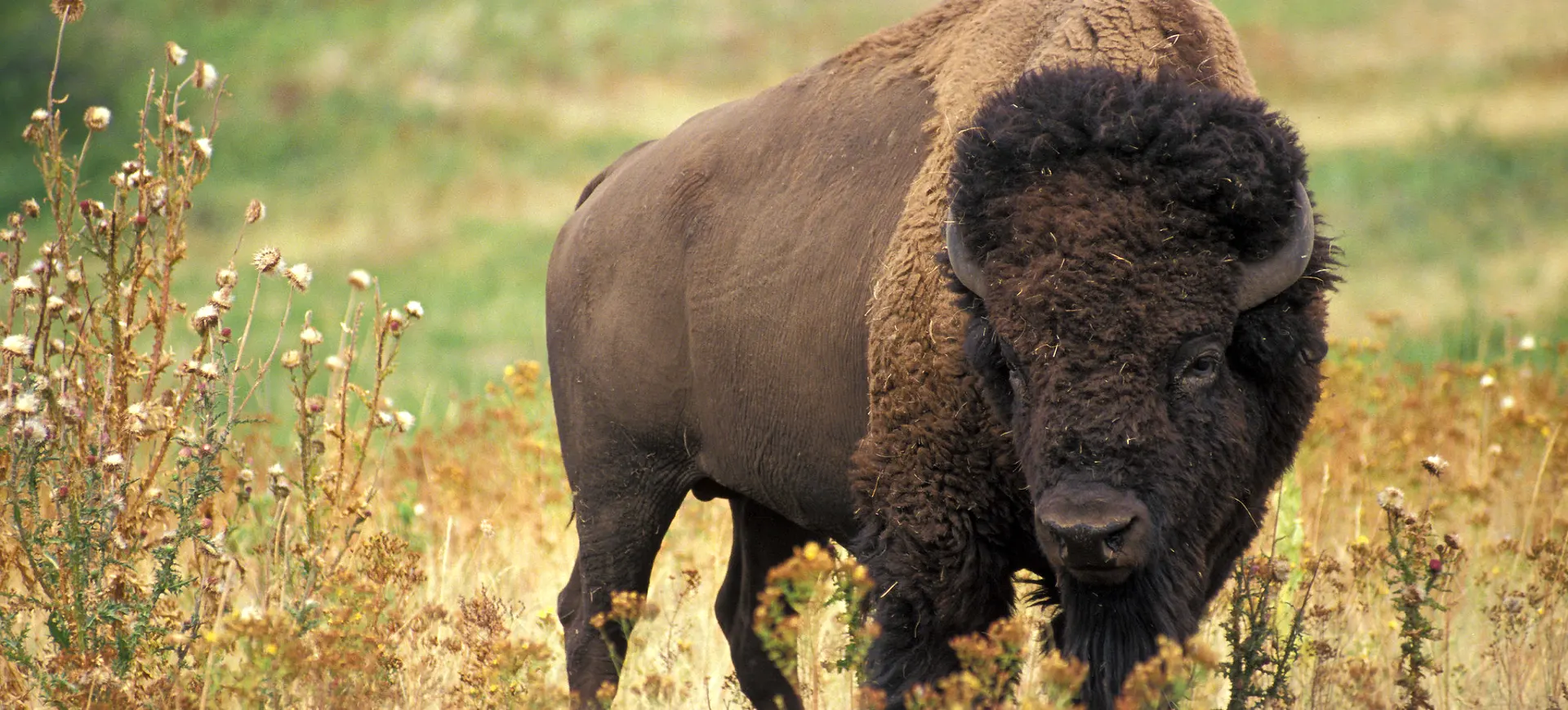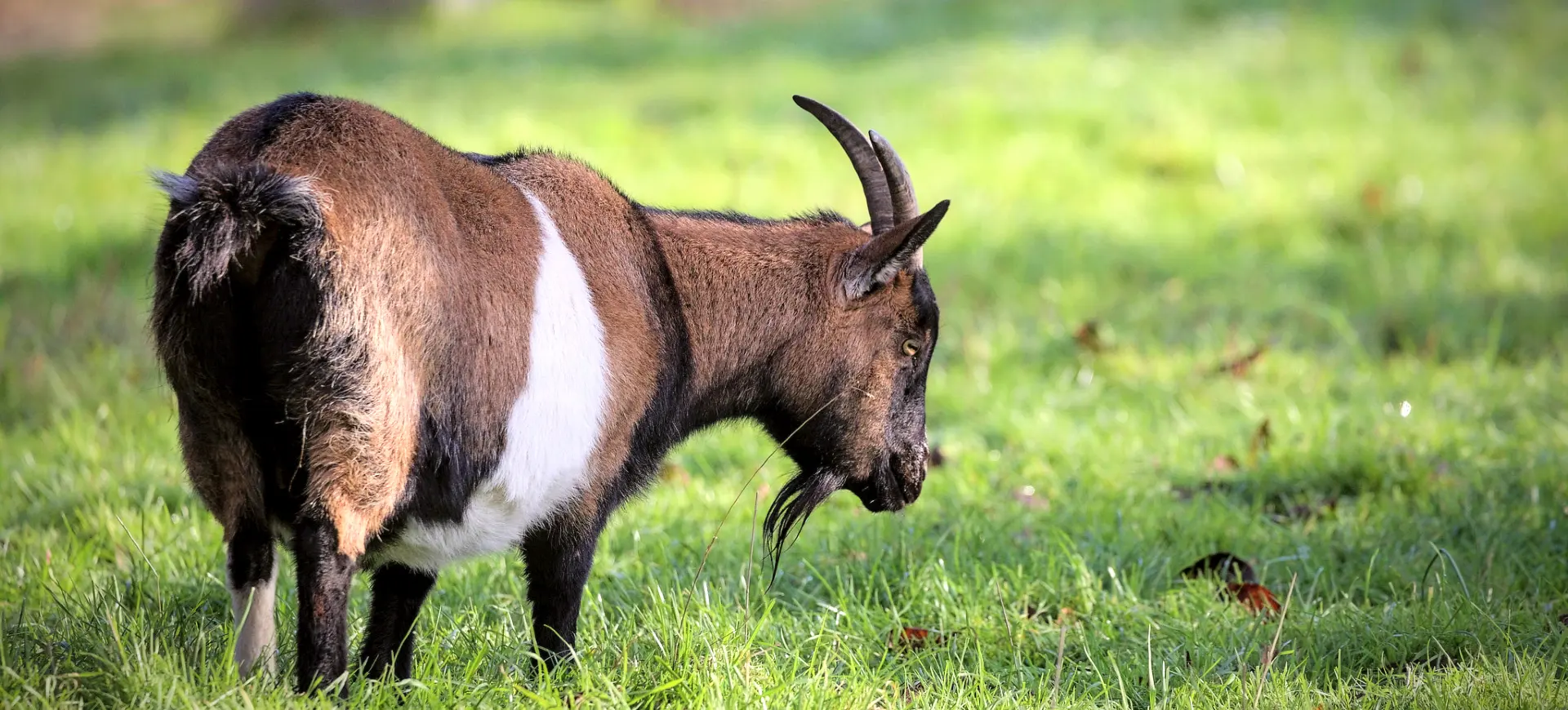Overview
Stone’s Sheep (Ovis dalli stonei) is a subspecies of Dall Sheep found primarily in the mountainous regions of northern British Columbia and southern Yukon in Canada. It is distinguished by its dark gray or brown coat, which contrasts with the white coat of its close relative, the Dall Sheep. These animals inhabit alpine and subalpine environments, often at 3,000 to 7,000 feet (900 to 2,100 meters), where they navigate steep, rocky slopes to avoid predators. Like other wild sheep, Stone’s Sheep are highly social and live in separate male and female groups outside the mating season.
Stone’s Sheep have large, curved horns, a defining characteristic of the species, with males, called rams, possessing significantly larger horns than females, known as ewes. Their diet consists mainly of grasses, sedges, and other alpine plants, which they graze on throughout the year. Stone’s Sheep are well-adapted to cold, harsh environments and have specialized hooves that help them maintain stability on steep terrain. Although they are not considered endangered, their populations are impacted by habitat loss, predation, and human activities, such as mining and road development.
During the mating season, known as the rut, male Stone’s Sheep compete for access to females by engaging in head-butting contests, often producing loud, echoing sounds that can be heard across the mountains. Their horns serve as weapons during these fights and as a display of dominance and status within the herd. Ewes typically give birth to one lamb in the spring, and the young remain with their mothers for several months before becoming more independent. Conservation efforts focus on managing human activities in their habitats to ensure sustainable populations of Stone’s Sheep.
Taxonomy
Kingdom
Phylum
Class
Order
Family
Genus
Species
Sub Species
Type
Current distribution:
Stone’s Sheep are found almost exclusively in northern British Columbia, with smaller populations extending into the southern parts of the Yukon. They occupy a range of habitats within this region, including alpine meadows, rocky outcrops, and subalpine forests. Due to their preference for remote, rugged terrain, their populations are often isolated from human activity. However, certain populations live near areas of resource extraction, such as mining sites, which can disrupt their habitat.
Their distribution is somewhat fragmented, with different herds often separated by large expanses of unsuitable terrain or human developments; in areas where their habitat overlaps with roads or mining operations, they risk vehicle collisions and habitat disturbance. Despite this, Stone’s Sheep are relatively stable in numbers but are increasingly vulnerable to habitat loss due to industrial activities. Conservation efforts aim to monitor and manage these populations to prevent significant declines.
Physical Description:
Stone’s Sheep are medium-sized wild sheep, with males (rams) weighing between 180-250 lbs (82-113 kg) and females (ewes) weighing significantly less, typically 90-150 lbs (41-68 kg). Their coat is predominantly dark gray or brown, with lighter underbellies and a distinct white rump patch, which helps with identification from other subspecies like Dall’s Sheep. Rams are most notable for their massive, curled horns, which can grow up to 40 inches (102 cm), while ewes have much smaller, shorter, and less curved horns. The horns of Stone’s Sheep grow throughout their lives, developing distinct ridges that help researchers estimate the animal’s age.
Both males and females have muscular, compact bodies well-suited for life in mountainous terrain. Their hooves are specially adapted for climbing, featuring a hard outer rim and a softer, spongy inner pad that provides traction on steep and rocky surfaces. In winter, their coat becomes denser and thicker to protect them from freezing temperatures, while in summer, they shed some of this fur to stay cool. Their keen eyesight and sense of hearing help them detect predators from a distance, such as wolves, bears, and eagles.

Lifespan: Wild: ~12 Years || Captivity: ~16 Years

Weight: Male: 180-250 lbs (82-113 kg) || Female: 90-150 lbs (41-68 kg)

Length: Male: 55-65 in (140-165 cm) || Female: 50-58 in (127-147 cm)

Height: Male: 36-40 in (91-102 cm) || Female: 32-36 in (81-91 cm)

Top Speed: 30 mph (48 km/h)
Characteristic:
Native Habitat:
Stone’s Sheep are native to the mountainous regions of northern British Columbia and southern Yukon in Canada. They inhabit rugged, rocky landscapes between 3,000 and 7,000 feet (900 to 2,100 meters), including alpine meadows, cliffs, and subalpine forests. Their preferred habitats are often inaccessible to most predators due to the steep, vertical terrain they easily navigate. In the summer, they move to higher elevations where the vegetation is fresher, while in winter, they descend to lower areas to avoid deep snow and find food more easily.
The harsh climates of their habitat include cold winters with heavy snowfall and relatively cool summers. These environments require Stone’s Sheep to be highly adaptable to changes in temperature and food availability throughout the year. The open landscapes they inhabit provide excellent visibility, helping them spot predators from afar, and the rocky outcrops offer protection and escape routes. These sheep also depend on salt licks, which provide essential minerals that are often deficient in their diet.
Climate Zones:
Biomes:
WWF Biomes:
Biogeographical Realms:
Continents:
Countries:
Diet:
Diet & Feeding Habits:
Stone’s Sheep are herbivores feeding on grasses, sedges, mosses, and lichens in their high-altitude habitats. When vegetation is more plentiful in summer, they graze on nutrient-rich alpine grasses and flowering plants. When food is scarce in winter, they rely more heavily on mosses, lichens and dried grasses that they dig out from beneath the snow. Their ability to survive in such sparse environments is a testament to their remarkable adaptations for foraging in harsh, mountainous landscapes.
Water sources are often limited in their habitat, so Stone’s Sheep obtain much moisture from the vegetation they eat. In areas with heavy snowfall, they use their hooves to clear snow from the ground in search of food. Stone’s Sheep are ruminants, meaning they have a specialized digestive system that allows them to efficiently break down fibrous plant material. This process involves regurgitating and re-chewing their food, known as cud, to extract as many nutrients as possible.
Mating Behavior:
Mating Description:
Stone’s Sheep follow a polygynous mating system, where dominant males, known as rams, compete to mate with multiple females, or ewes, during the breeding season. The rutting season occurs between November and December, during which males engage in dramatic head-butting contests to establish dominance and mating rights. These clashes can last for hours, with horns colliding echoing across the mountains. Once a male has won, he mates with several females within his territory.
Gestation lasts approximately 170 days, and ewes give birth to a single lamb in late May or early June. The lambs are highly precocial, able to stand and follow their mothers within a few hours of birth, although they remain closely dependent on their mothers for the first few months. The ewe provides her lamb with milk and teaches it to navigate the steep terrain. Stone’s Sheep are viviparous, and lambs are typically weaned by the time they are 3-5 months old.
Reproduction Season:
Birth Type:
Pregnancy Duration:
Female Name:
Male Name:
Baby Name:
Social Structure Description:
Stone’s Sheep exhibit a distinct social structure, with males and females living in separate groups for most of the year. Rams typically live in small bachelor groups, while ewes and lambs form larger herds that protect them from predators. During the rutting season, males leave their bachelor groups to compete for access to females. These competitions involve head-butting and other displays of strength, with the largest and most dominant males earning the right to mate.
Social bonds among females and their offspring are particularly strong outside of the breeding season. Ewes often remain in the same herd with their daughters, creating stable family groups. The herd communicates primarily through vocalizations and body language, with rams using their horns and physical posturing to assert dominance. Stone’s Sheep are highly vigilant animals, relying on their keen senses and the herd’s collective awareness to avoid predators.
Groups:
Conservation Status:
Population Trend:
Stone’s Sheep are not currently considered endangered, and their populations are relatively stable, with an estimated 12,000 to 16,000 individuals in the wild. Most populations are found in remote, rugged areas that offer natural protection from human activities. However, some herds live near mining operations or highways, where habitat disruption and vehicle collisions pose risks. While their population is stable, local declines can occur due to predation, disease, or increased human encroachment.
Conservation efforts are focused on monitoring populations, especially in areas where resource extraction threatens their habitat. In northern British Columbia, where the majority of Stone’s Sheep live, wildlife management programs work to minimize the impact of human activities, such as mining and road construction. Hunting is regulated to ensure sustainable population numbers, with certain regions designated protected areas to limit disturbance. Despite these measures, continued habitat loss and climate change could pose future challenges for Stone’s Sheep populations.
Population Threats:
The main threats to Stone’s Sheep populations include habitat loss and fragmentation due to industrial development, particularly mining and road construction. These activities can disrupt migration routes and reduce access to critical resources like food and mineral licks. Vehicle collisions are also a significant threat in areas where roads cut through their natural habitats. Although Stone’s Sheep are adapted to rugged terrain, human encroachment can force them into less suitable habitats, increasing their vulnerability to predators.
Predation by wolves, coyotes, and bears poses a natural threat to sheep, particularly young lambs. Disease transmission from domestic livestock, such as pneumonia, is another potential threat impacting Stone’s Sheep populations. Climate change could further exacerbate these issues by altering their alpine habitats, reducing food availability, and affecting their seasonal migrations. Conservationists are working to address these threats through habitat protection, regulated hunting, and research into population dynamics and health.
Conservation Efforts:
Conservation efforts for Stone’s Sheep focus on habitat management, sustainable hunting practices, and minimizing the impact of human activities. In British Columbia, wildlife management programs monitor populations and regulate hunting to ensure that it does not negatively affect overall population numbers. Protected areas have been established to safeguard key habitats from industrial development, and hunting quotas are carefully controlled to prevent overharvesting. Additionally, some regions have restricted access to certain areas during critical periods, such as the lambing season.
Collaboration between conservationists, government agencies, and industry stakeholders has led to efforts to mitigate the impact of mining and road construction in Stone’s Sheep habitats. Research on Stone’s Sheep health and population dynamics helps inform management decisions and identify potential risks. Public education campaigns aim to raise awareness about preserving these animals and their environments. Continued efforts are needed to ensure that Stone’s Sheep populations remain stable despite ongoing environmental and human pressures.
Additional Resources:
Fun Facts
- Stone’s Sheep are named after the explorer Andrew Stone, who first identified them in the 1890s.
- Rams can engage in head-butting contests for hours, with collisions producing sounds that echo across the mountains.
- Their hooves are specially adapted for climbing steep, rocky slopes, providing excellent traction.
- Stone’s Sheep can leap up to 6 feet (1.8 meters) in the air when navigating rocky terrain.
- The horns of Stone’s Sheep grow throughout their lives and develop prominent ridges that indicate age.
- Despite their large size, Stone’s Sheep are highly agile and can easily navigate vertical cliffs.
- Ewes typically give birth to a single lamb, which can stand and walk within a few hours of birth.
- They supplement their diet with mineral-rich salt licks, particularly in summer.
- Stone’s Sheep can live in temperatures as low as -40°F (-40°C) in the winter.
- Their thick winter coat helps them survive in their mountainous habitat’s cold, harsh conditions.




